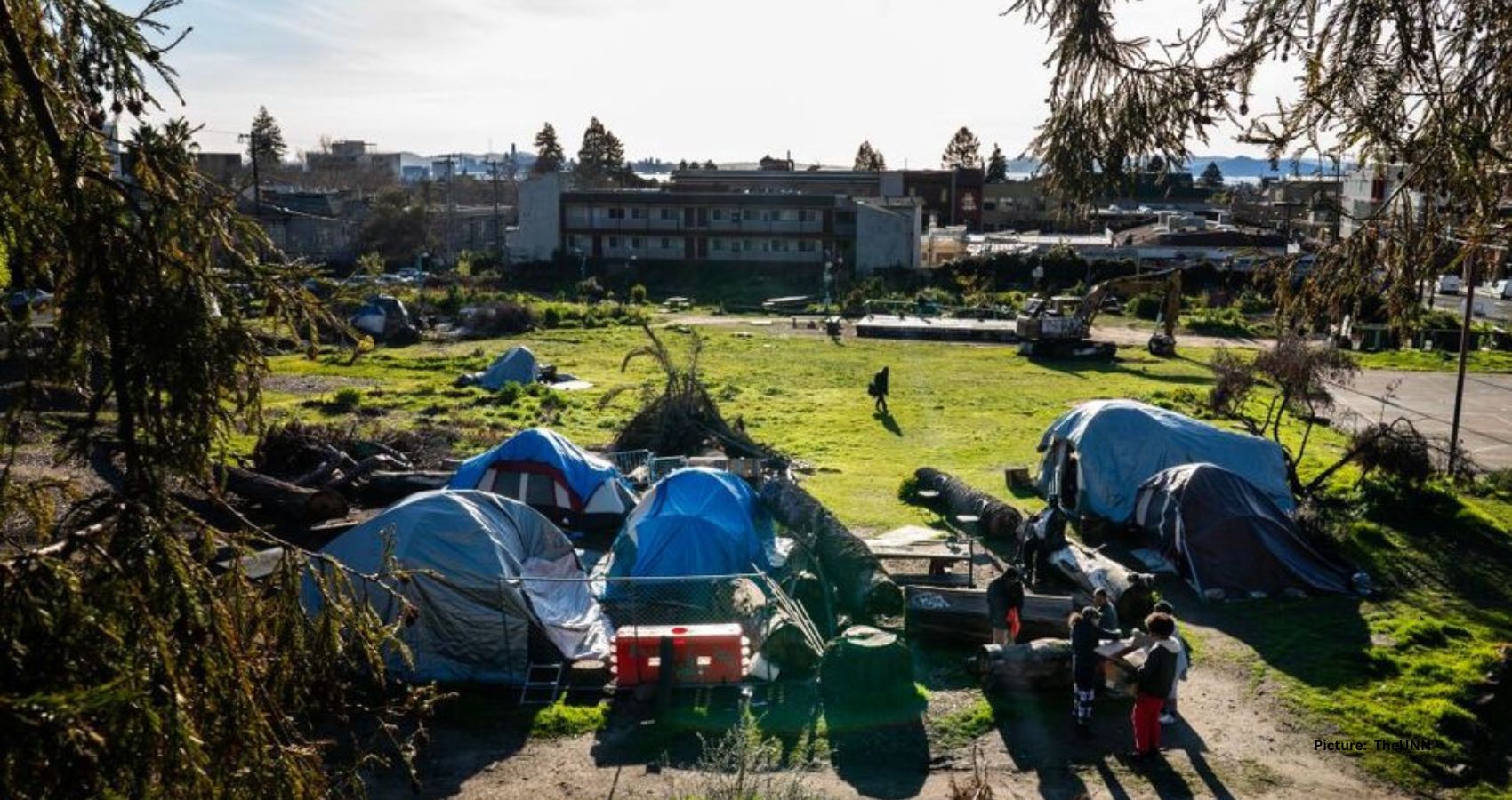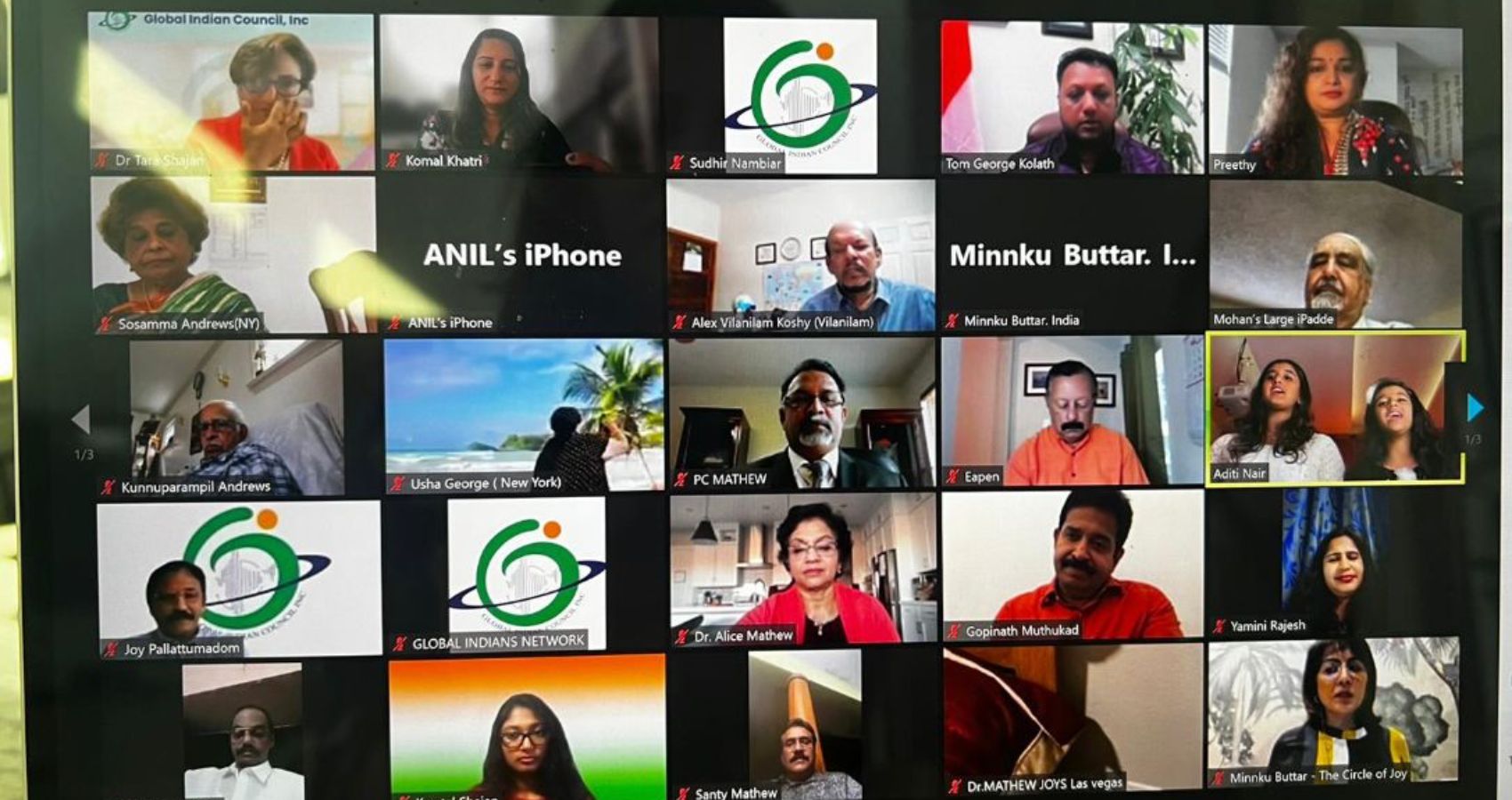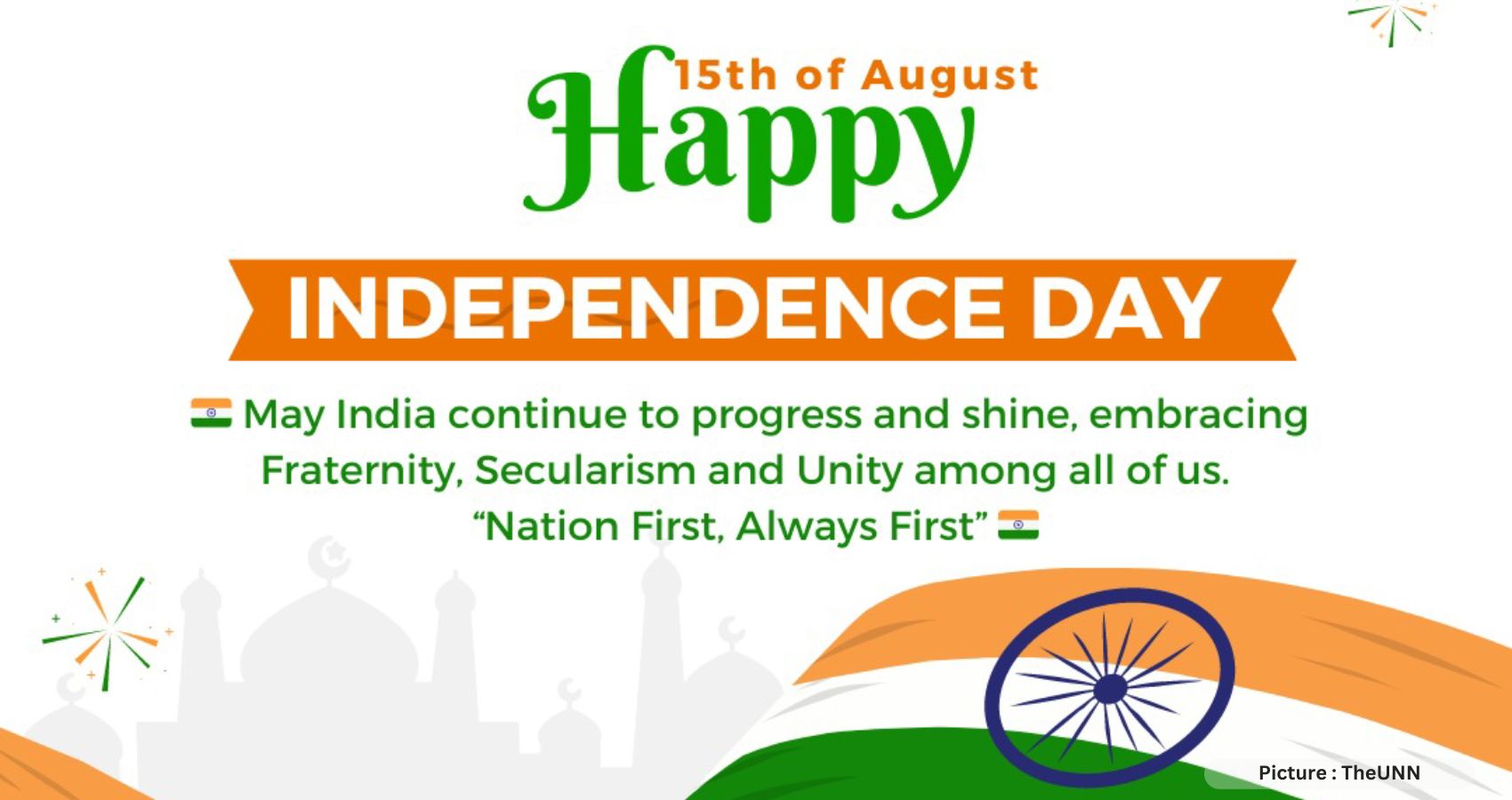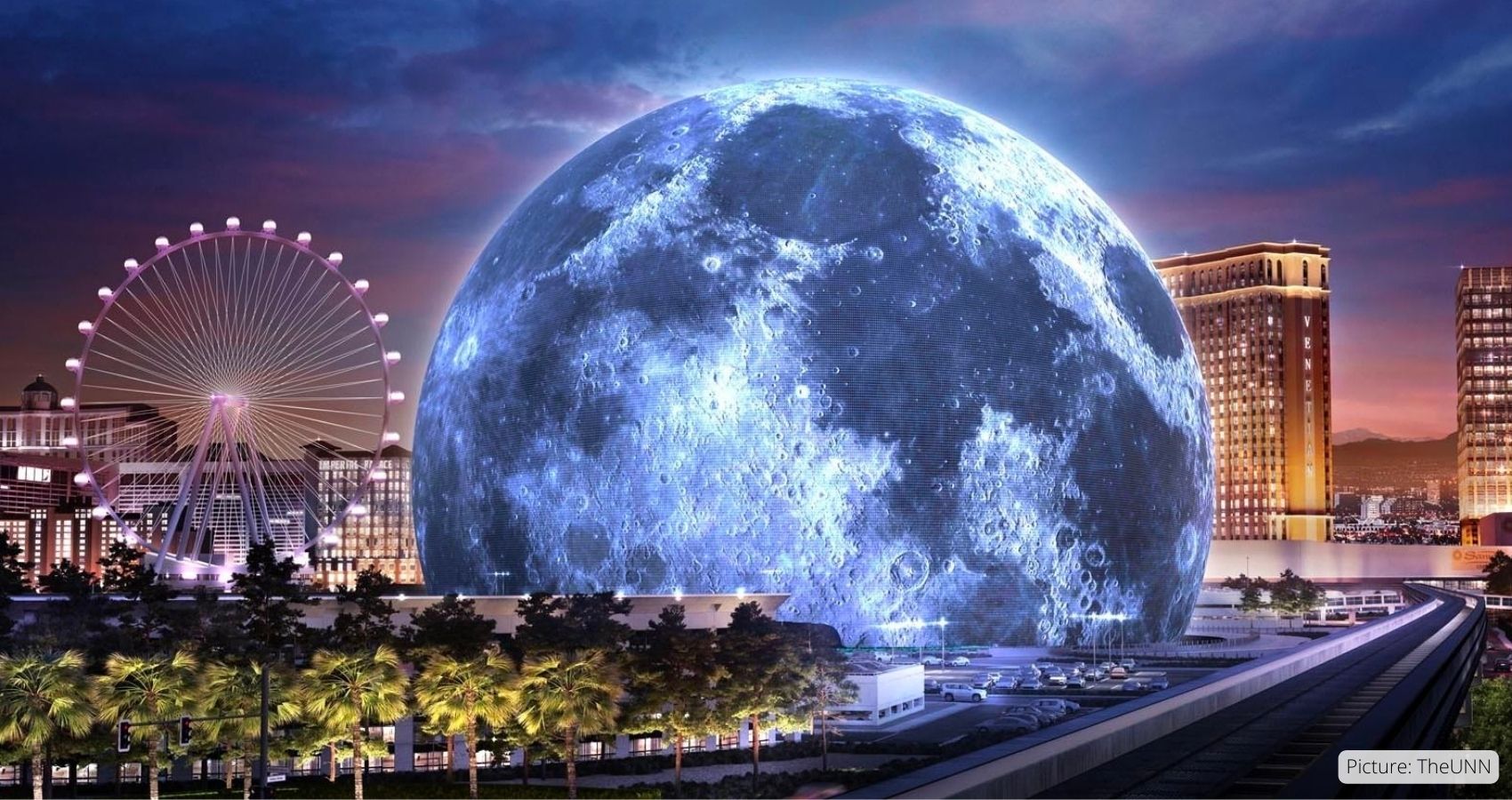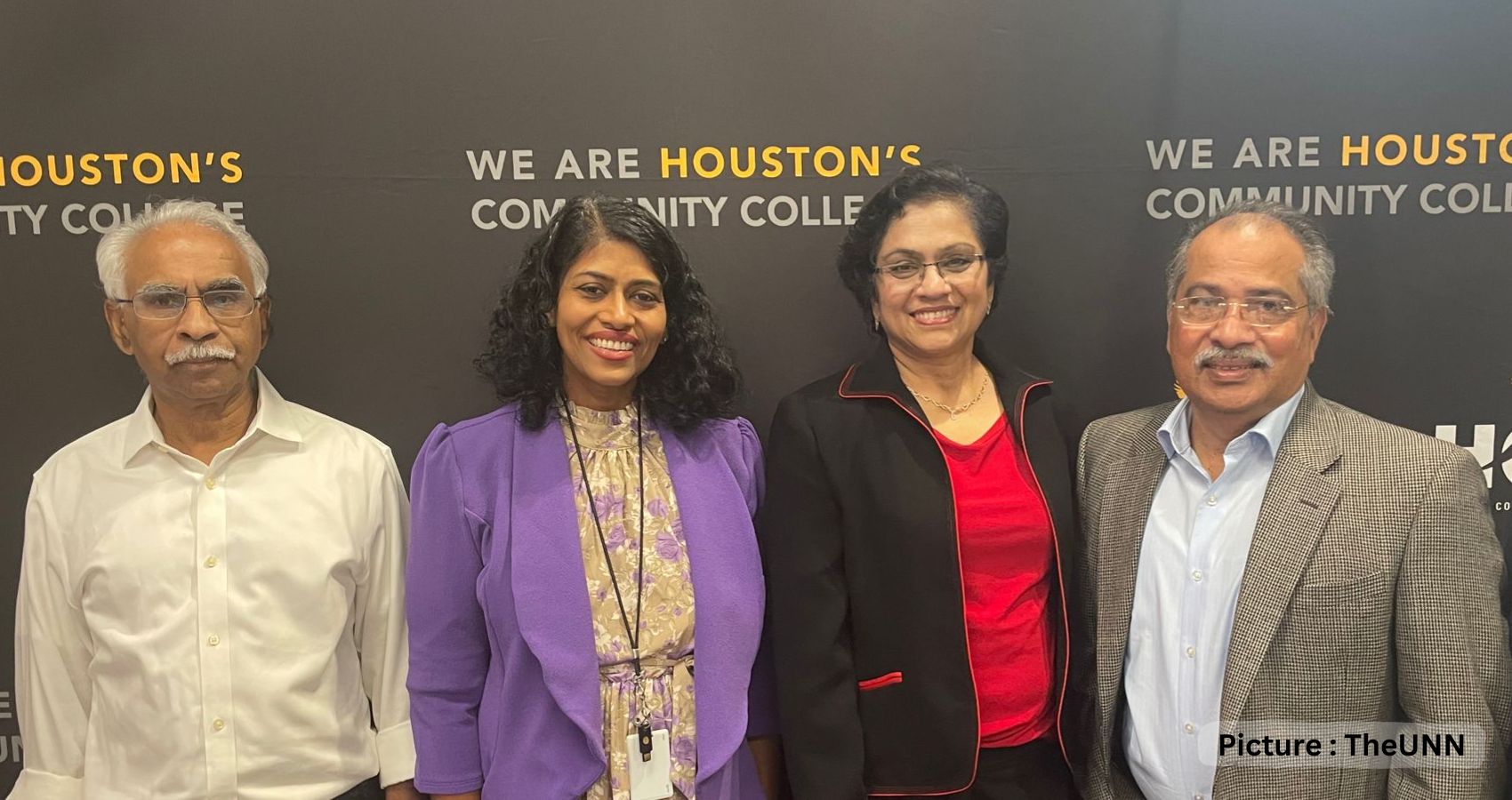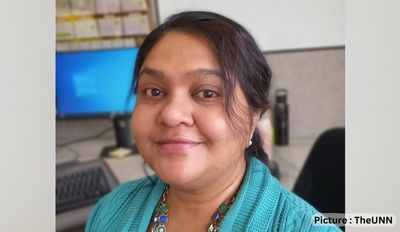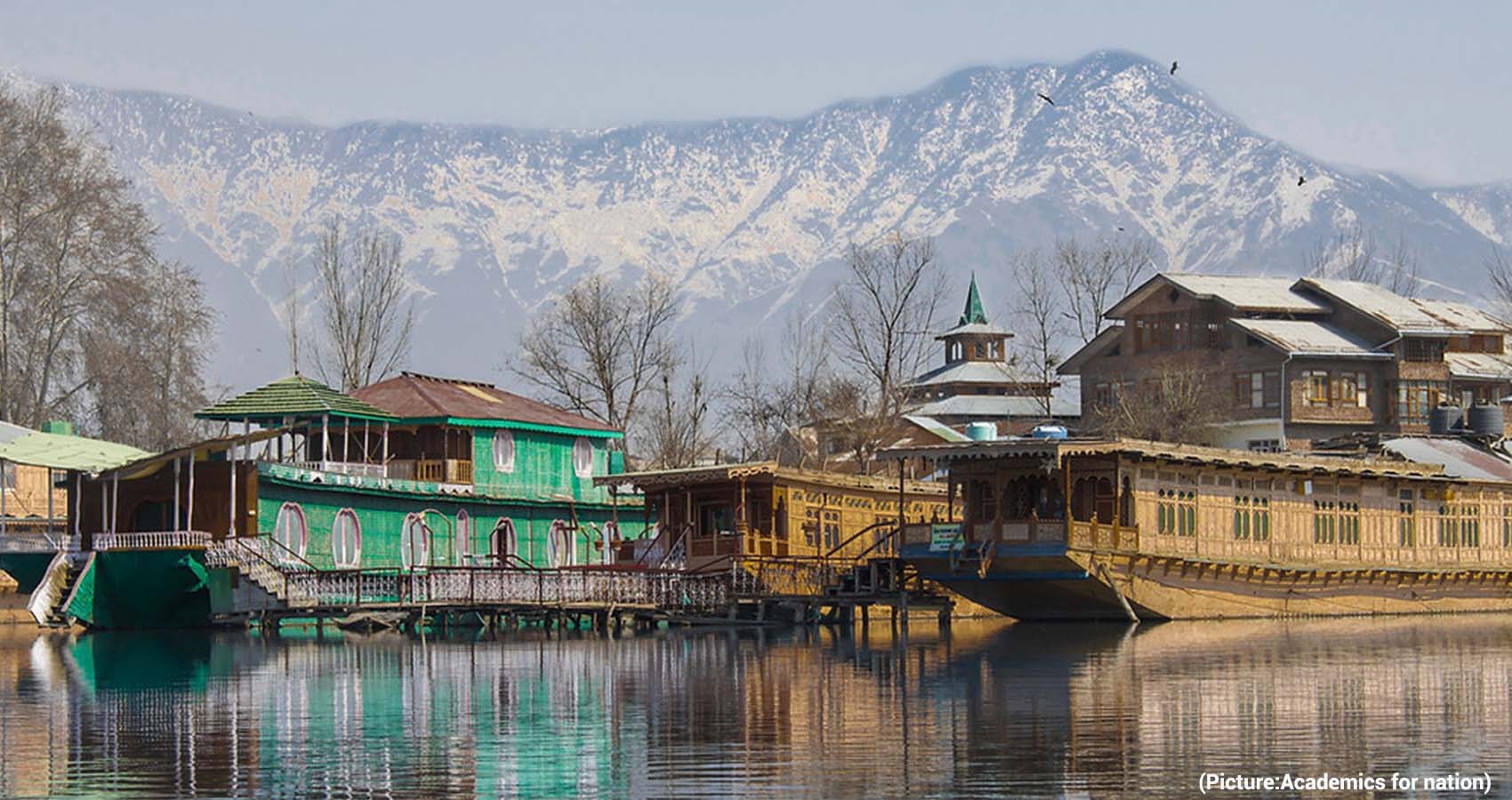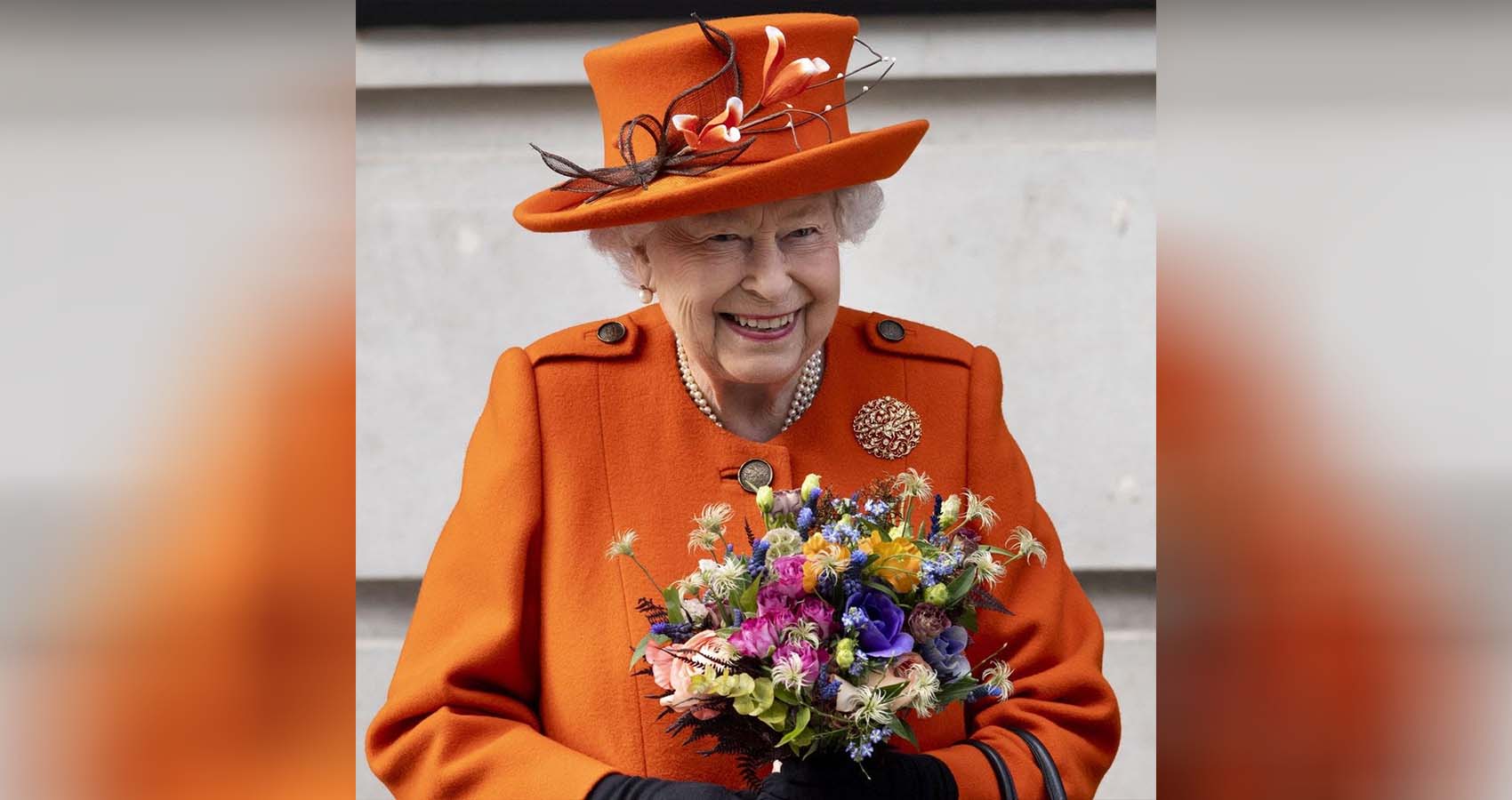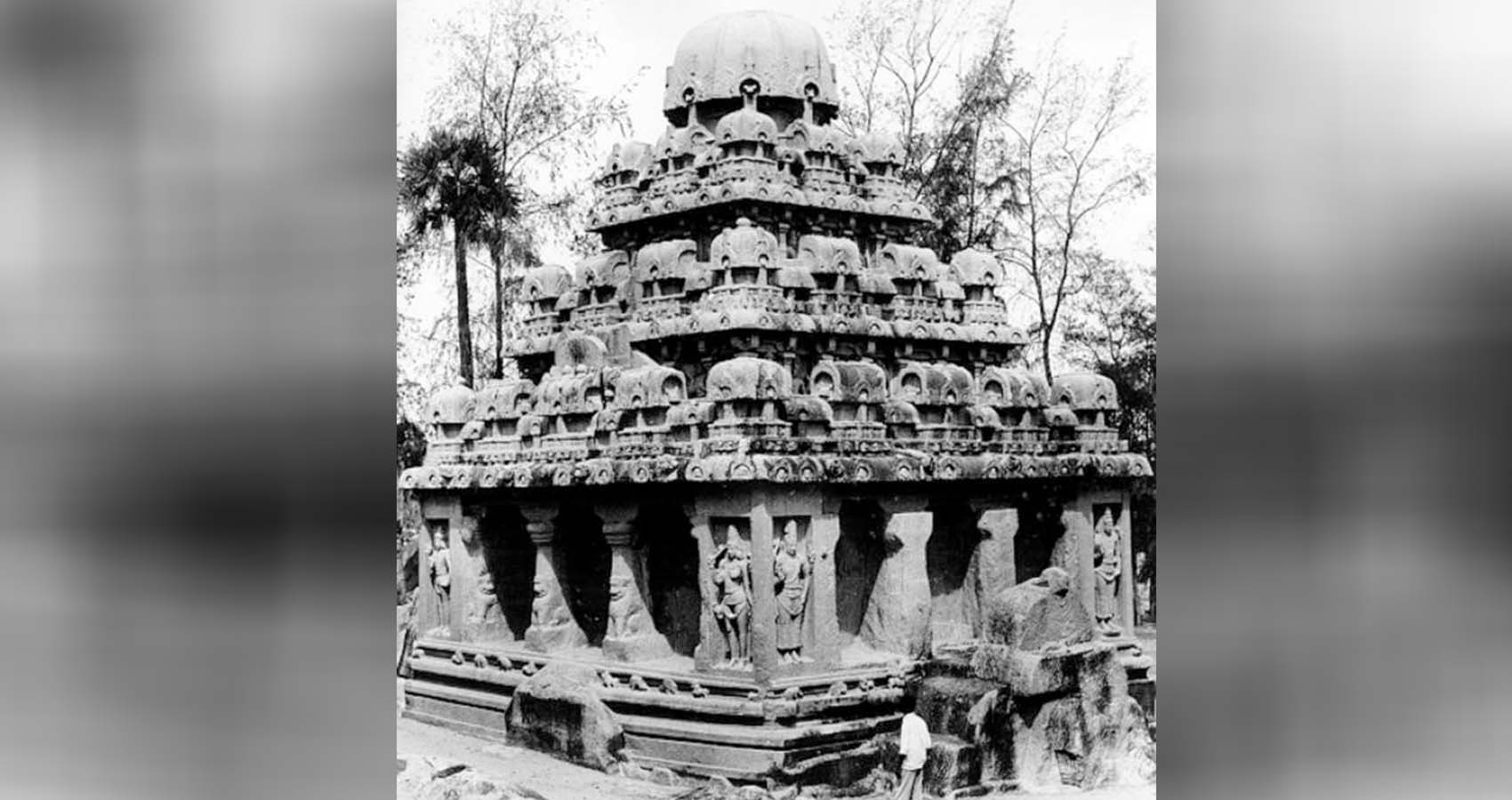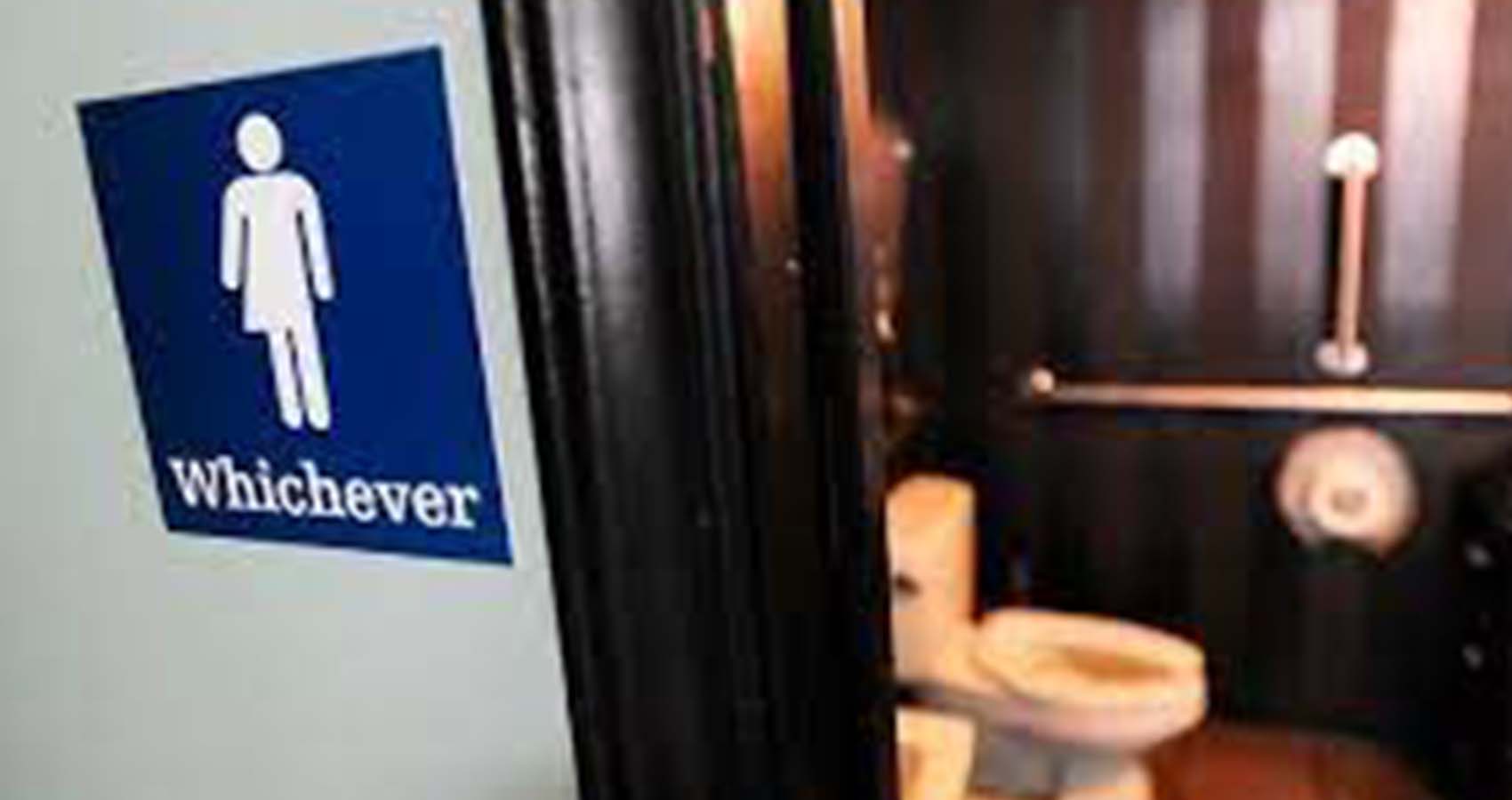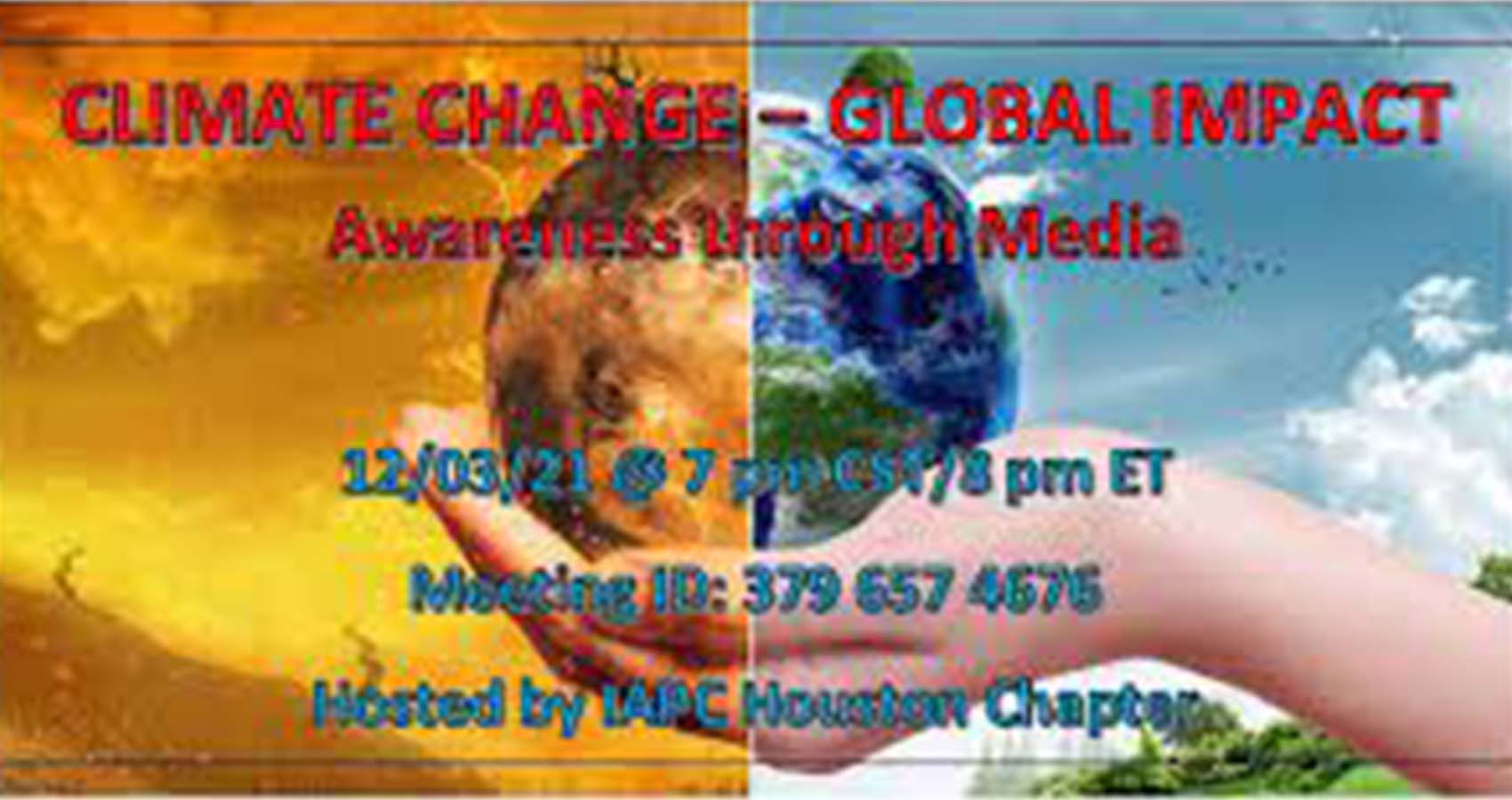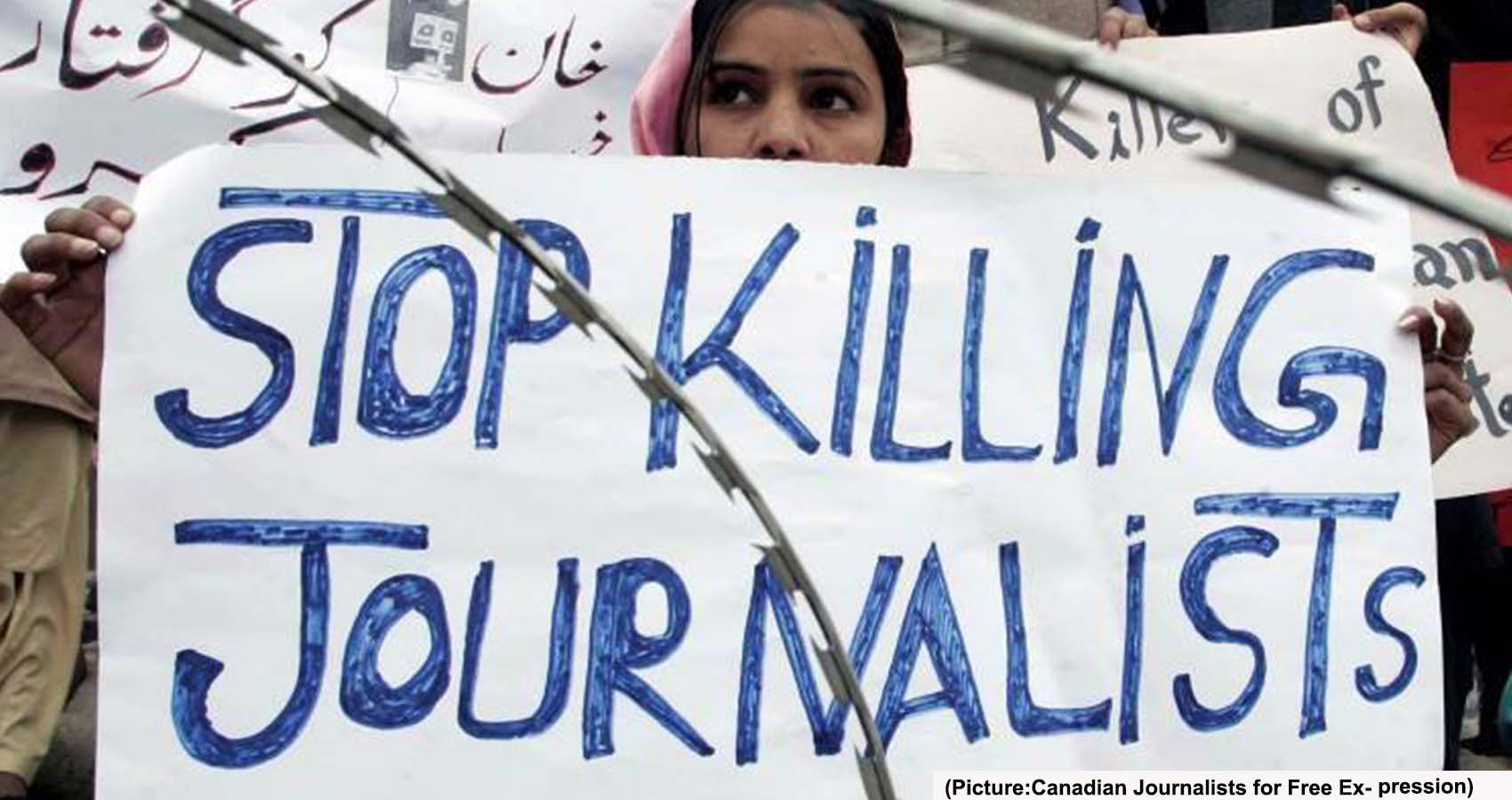*****************************
Author: Dr. Mathew Joys
Homelessness In The Most Advanced Nation: USA
Meticulously, it is no small matter that the term “homeless” or “homelessness” is dimming the brightness of the major cities of America, but exudes an aura of nasty politics or indirect support to the-drug-mafia!
When American President Trump passed through some of the beautiful roads of India, Trump did not ask why green tarpaulin was beautifully stretched for kilometers on one side.
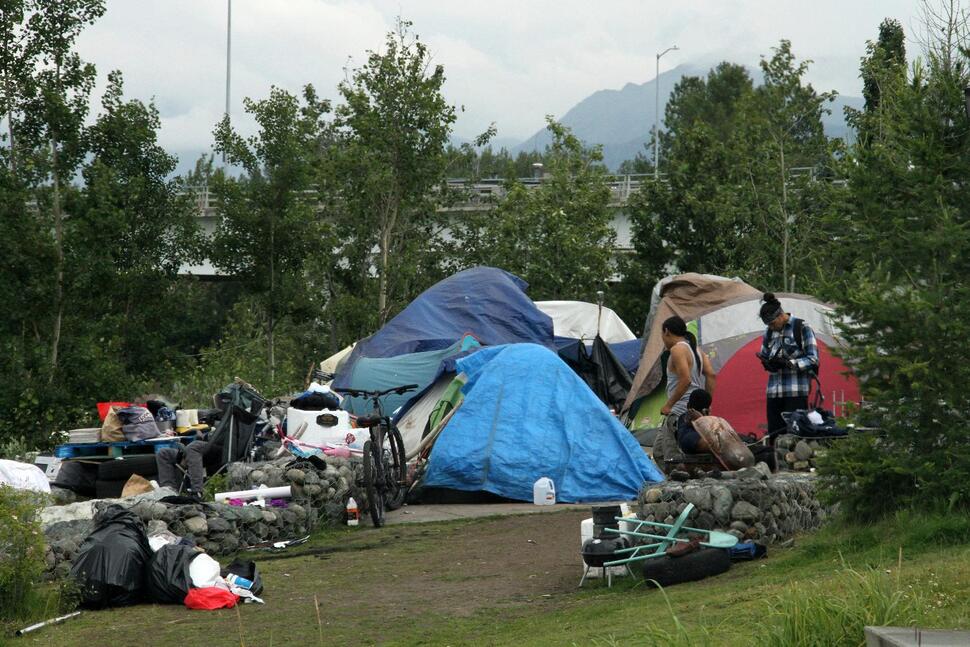 But when the dark streets of most American cities, especially Los Angeles and San Francisco, in the state of California, are turning into the ‘mecca of homeless’, it is just hypocritical to laugh at the broad-mindedness of this great country and not hide it by applying “Modi tech ” here.
But when the dark streets of most American cities, especially Los Angeles and San Francisco, in the state of California, are turning into the ‘mecca of homeless’, it is just hypocritical to laugh at the broad-mindedness of this great country and not hide it by applying “Modi tech ” here.
America is the so-called paradise on earth for developing countries, but its streets are rapidly being invaded by the homeless. In many places, morning scenes of their excrement, piles of stale food, and hardboard carton waste are becoming so common and obscure
.Unsheltered homeless means sleeping somewhere at night, not primarily designed for human habitation, such as a car, park, abandoned building, or train station. Over the past seven years, 40 percent of the nation’s homeless are now unsheltered homeless.
What are the causes of homelessness? The causes vary widely, but are often linked to homelessness and poverty. Poor people generally do not have enough money to cover basic needs like housing, food, child care, health care, and education; with the nominal social security benefits they get every month.
Individuals may have terminal illnesses, an accident, or a lack of permanent employment. But the reasons we hear from those living on the streets are many.
Irresponsible gambling, misappropriation of money through money laundering, drug addiction, etc.
Factors that drive young and old to the streets more strongly than other causes are not particularly evident. Unsheltered homeless means sleeping somewhere at night not primarily designed for human habitation, such as a car, park, abandoned building, or train station. Over the past seven years, 40 percent of the nation’s homeless are now unsheltered homeless.
Lack of affordable housing, unemployment, poverty, low wages, mental illness, substance abuse, and lack of needed services are creating more homeless people.
I recently happened to visit Los Angeles and San Francisco, the major cities in the state of California, and the miserable situation of the homeless in these cities prompted me to write a few lines on the subject. All facts and figures are supported by the internet and only my opinions are non-political. By evening, many of San Francisco’s streets were filled with homeless wretches. Homeless people crowded the alley leading to Eddy Street, where there were several hotels. It is not a group of old beggars, but a permanent group of people of all ages who have become homeless due to bad decisions, unemployment, and victims of drug abuse.
In the middle of the night, singing and shouting were heard, like a moment of pure jubilation and celebration. From the window of the fifth floor of the hotel where we were staying, I was astonished to see a young woman dancing naked but wearing only a hat: she could also be seen collecting dollar bills and shoving them into the hat. She also seems to be the one who distributes the drugs. In between, her show seems to have been a bonus for her intoxicated audience.
As light rain began to fall, many people began to move elsewhere. Seeing the old and unable to walk, huddled in the same shelter with the old hardboard sheets they had to sit and lie on, was saddened by the plight of the homeless. But when it came to know that most of them were “drug addicts”, the irresponsibility of the drug policy of this great country began to be realized. Freedom without restraint will never produce good results.
Los Angeles has a very high rate of homelessness. But most of the tents were finished and seemed a little more cramped. According to the city’s own statistics, about 30% of the homeless have already moved there after losing their housing. Another 17% were said to have lived in the city for less than a year before becoming homeless.
As Mayor London Breed admits, one of the reasons people come is because drugs are readily available here. The San Francisco Standard attempted a one-week cleanup two months ago, taking over the homeless encampment at Van Ness Avenue and Eddy Street. A completely different look was seen that day, the planting boxes of plants and trees were lined up at many places on the pavement.
APEC 2023 is the year-long hosting of the Asia-Pacific Economic Cooperation meetings in the United States in 2023 in San Francisco. Although some things were put together for that purpose,
The situation is worse than before.
Minna Street, lined with tents between Seventh and Julia Streets, about a mile from APEC, disappeared two months ago. But neither the political parties nor the rulers are interested in finding a permanent solution.
All of this leads us to several questions: We found many of San Francisco’s homeless population on Willow Street. The busy transit corridor has become the latest scene of controversy over the city’s drug, mental health, and homelessness crises, as residents and visitors alike decry increasingly unsanitary street conditions. They say the situation has had a devastating effect on surrounding businesses. It is becoming difficult to park our car there or eat in a restaurant in peace.
In recent years, court rulings have made it more difficult for cities, especially on the West Coast, to remove homeless encampments. In 2018, the US Ninth Circuit Court found that homeless people cannot be punished for sleeping outside in public places unless adequate alternatives are available.
There is another side to this. In September 2022, the Coalition on Homelessness sued San Francisco for violating its own laws to remove homeless shelters. A federal judge has barred the removal of homeless shelters in San Francisco unless people can find alternative shelter.
Los Angeles will have the largest homeless population in the country in 2022. According to 2022 Department of Housing and Urban Development (HUD) data, approximately 582,000 Americans were homeless on the streets. The city of San Francisco was officially named “Little Saigon” for a portion of the western stretch of Tenderloin, Larkin, and Hyde Streets between Turk and O’Farrell. The area has one of the highest levels of homelessness and crime in the city.
Experts say the biggest reason California’s per capita homelessness rate is five times that of Texas is because housing in California is so expensive;
The average one-bedroom unit in California rents for $2,300 per month, compared to $1,200 in Texas. Although both cities suffer from crime, Los Angeles is actually safer. LA’s crime rate was 2870 per 100,000 residents, 22% higher than the national average. The violent crime rate is 722 per 100,000 residents, 86% higher than the national average. Many advocates claim that providing a welcoming environment for camping and drugs does not attract the homeless and that only more subsidized housing can solve homelessness. San Francisco shows the folly of those arguments.
As Mayor London Breed admits, one of the reasons people come is the easy availability of drugs. Claims that adequate subsidized housing will solve the homelessness problem are belied by San Francisco’s efforts. In the last 15 years, the city has created more than 7,000 permanent housing units, reports said.
It is shameful to say that 7000 units have been built in a place with 70000 homeless people.
Homelessness and how to deal with it has become one of the most pressing political issues in recent elections in liberal cities like Portland, San Diego, Seattle, and Austin. Republicans have portrayed Democrats as incompetent and fearless when it comes to addressing the crisis. The public across the political spectrum wants elected officials to take action.
The local administration has to devise a mission to rehabilitate all the unimaginative-size of homeless people on a wartime basis. This requires the first establishment of bonded facilities, such as correctional centres. There should be strict controls to prevent intoxicants and drug dealers from entering these centers.
Because homeless people who have lived on the streets are accustomed to living with abusing their freedom, these centers may have difficulty keeping them. A good percentage of them are able to work. If nothing else, large farms created with these centers would be able to produce the fruits and grains needed by this country at a low cost.
Or small industrial units manufacturing other goods can be established within these centers.Rehabilitation would be more feasible if the funds for the running of these centers were raised and wages commensurate with the work.
Nothing will be solved if political parties continue to blame each other. True, the current administration may not be giving much importance to it. While the number of poor people in this country is increasing and the homeless people on the streets are dimming the brightness of this country, it is our rulers who turn a blind eye to it and dim the country’s prosperity and the tourists inflow to these cities.
Instead of guaranteeing the basic amenities of those at home, the “hidden agenda” of keeping the walls and gates open for anyone to come into this country and provide luxury living facilities and citizenship to those who come in the name of unaccountable refugees, while common people know, is nothing short of a double standard, USA is prosperous, only if no citizen is found wandering the streets of America as typical homeless. Otherwise the world will proclaim that we run on a shameful double standard policy.
GIC Celebrates Independence & Chandrayaan Day
Global Indian Council President PC Mathew presided over the meeting, and the Global General Secretary delivered a detailed welcome speech. Dr. Gopinath Muthukad as the Chief Guest and Dr. Jija Madhavan Hari Singh IPS, Rtd. (Global Goodwill Ambassador of GIC)graced the event with their valuable presence. “Conquering the Moon Mirrors Our Journey as a Nation Marked by Determination, Challenges, Perseverance, and the Pursuit of Excellence,” a global news reporter stated with emphasis.
The meeting began with Kumari Krystal Shajan (New York) singing the American National Anthem, followed by the Indian National Anthem by sisters Aditi & Ananya from Kerala, who won popular awards and applause from the Flowers channel music competition in its 1st phase.
Chief guest Dr Gopinathan Mudukad addressed the gathering as the audience were awaiting to hear from the World famous Magician who turned into a Philanthropist. He expressed his happiness and endorsed the achievement of Chandrayaan 3 mission and the achievement of India from its independence in 1947.

He prolonged his speech that Independence is complete in its entirety when all the humans around are also independent in all aspects. He was mentioning about the differently abled population of India who are still not recognized by the world community. The social stigma about disability has to go away and society should accept them without bias.
A considerable percentage in India’s population has some kind of disability which is unnoticed by many. Children should be educated to take this invisible majority. He announced the opening of the Different Arts Center at Thiruvananthapuram on August 27, 2023, wherein 300 differently abled children are enrolled, and appreciated Global Indian Council for its vision and missions.
Global Goodwill Ambassador of GIC, Dr.Jija Madavan Harisingh IPS, former DGP of Karnataka, on her Independence Day message emphasized that it is an honour to come before the GIC community. She continued in her detailed and eloquent statement that “Today, we come together in excitement, not only to celebrate our cherished Independence Day but also to commemorate a remarkable milestone in our nation’s history” Chandrayaan- 3, the Indian Moon Mission.
As we unfurl the tricolor flag of India, we are reminded of the sacrifices, struggles, and indomitable spirit that culminated in our independence on August 15, 1947. Our celebrations today go beyond the boundaries of our nation. Our global Indian community is connected not only by our heritage but also by our aspirations for a better future. Just as our forefathers dreamt of an independent India, our scientists and engineers at ISRO dared to dream of reaching the lunar surface.
And they achieved it! India’s historic journey to the moon is a testament to our unwavering commitment to be global! Congratulations to ISRO for reaching new heights in space exploration!💕Chandrayaan-3, with its orbiter, lander, and rover, at a frugal cost of only 75 million dollars, which is much lower than what other countries have spent on missions, and less than half the cost of even a Hollywood movie.
As we celebrate our nation’s moon mission, we also observe the indomitable spirit of inquiry and innovation that defines us as Indians. Our journey to the moon mirrors our journey as a nation” marked by challenges, perseverance, and the pursuit of excellence. Just as our freedom fighters did not waver in their commitment to a free India, our scientists did not falter in their quest for lunar conquest. They teach us that with determination, the sky is not the limit! Today, let us pledge to carry forward this same spirit of innovation. Let us remember that as global Indians, we are not bound by borders; we are bound by our shared values and aspirations.
We have the power to make a positive impact on the world, just as India’s moon mission has! In conclusion, as we celebrate India’s Independence Day and the remarkable Chandrayaan-3, let us remember that our heritage is a source of strength, our diversity is a source of unity, and our dreams are a source of inspiration. Together, as a global Indian community, we can continue to reach for the stars and achieve greatness.
GIC Cabinet members Prof.Joy Pallattumadom VP, Adv Yamini Rajesh Associate Secretary,Tom George Kolath -Associate Treasurer, Adv Susan Mathew – Compliance officer, Adv Seema-Public Relations Officer, Dr. Mathew Joys – Media & Publicity felicitated the event and expressed their congratulations on the successful mission of chandrayaan 3.
The following chapter Presidents/CoE chairperson and members also felicitated the event. African Chapter president – Dr Mohan Lumba, NY chapter president – Dr. Anil Paulose, Andrews Kunnuparampil, Health & Wellness CoE – Dr Jacob Eapen, Usha George, Marginalized Community: Dr Narayanankutty, Education & Literature: Prof VC John, Travancore chapter: Prof KP Mathew, Cinema & Visual media Red Carpet: Komal Kothari, Sunil Hali & Trilok Malik, Vani Madula, Woman empowerment chairs: Sosamma Andrew, Dr. Alice Mathew, Business: Elizabeth Paulose, Arts&Culture: Minku Buttar, Deepa Mohandoss from the Canada chapter, Eminent community leaders like Kallikkadu Babu, and Alex Koshy also felicitated the event.
Tom George Kolath Ass. Treasurer greeted all with Independence Day wishes and also shared our gratitude to “ISRO chairman Dr. Somanath, all the scientists, and teamwork and contributions to Our Prime Minister Narendra Modi ji. Unity and diversity are our strength. We remember all our freedom fighters and all the leaders who started the footwork of this research and developments of our great nation India.” Tom also gave a Vote of thanks and thanked the chief guest, cabinet, emcees, performers, and all participants.
No Politics, No Religion – An American Outlook
My outlook may be deceptive or wrong, but intellectuals can correct my notions. Before coming to the great nation, I was under the strong feeling that the USA is a Christian country just because of the missionary and connected charity activities they do globally.
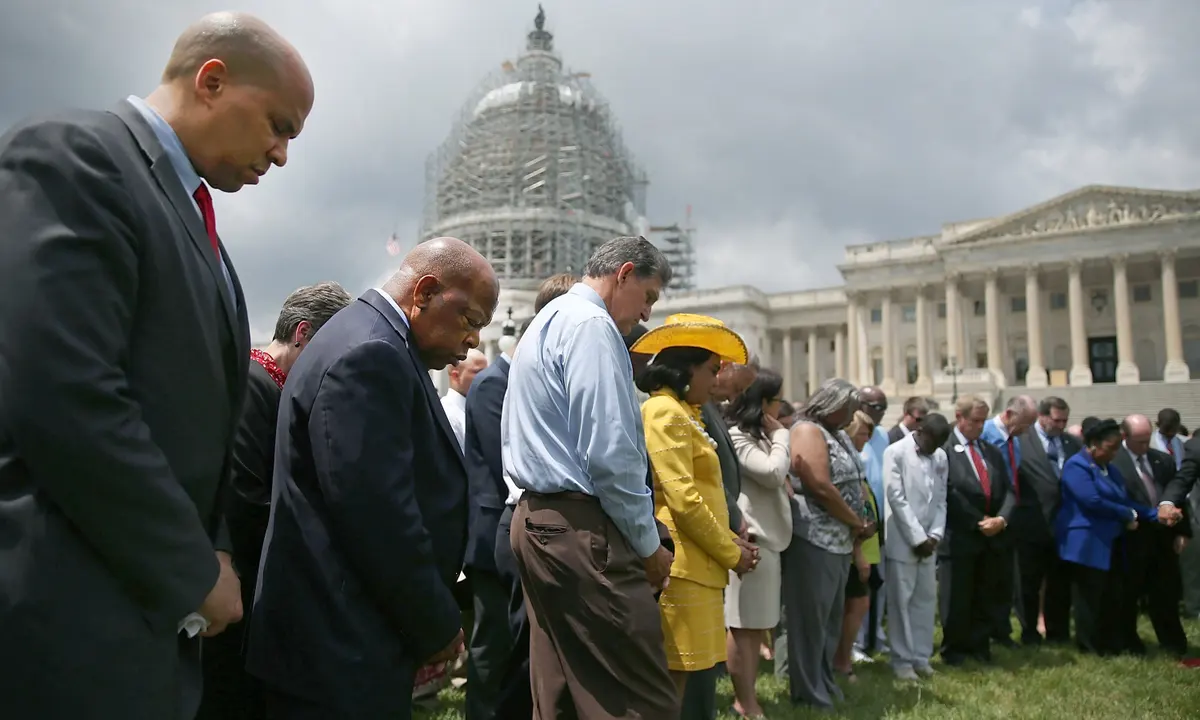
Instead, it nurtured my earlier misunderstanding when I read, “The First Amendment reads that “Congress shall make no law respecting an establishment of religion, or prohibiting the free exercise thereof.” The first part of that requirement (the Establishment Clause) means that there should be no official state church and that government should be prohibited from entangling itself in religious matters without a religiously neutral reason. Government shouldn’t take sides in support of one religion over another or generally favor the spiritual over the nonreligious.(Religion and Government Seperation: American Humanity Association:Good without a God).
But on the other hand, recent deliberations among certain Senators and media add more misconceptions to my vivid thoughts. For example, Senator Josh Hawley (R-MO) loves Jesus Christ and America. And that is why influential leftists want to marginalize him and destroy his influence. Recently, they unleashed a vicious attack labeling him a “dangerous” Christian nationalist.
The Washington Post, in a significant “hit piece” on Senator Hawley on July 8th, acknowledges that the quotes and other quotes Hawley posted are accurate. But then the Post wrote that these quotes “promote a historical argument popular among purveyors of Christian nationalism that the United States was founded as a Christian country.”
What were Senator Hawley’s “allegations”? He remarked, on social media, early American heroes who linked the founding of the United States to Christianity. Yes, you read that correctly. Here are some of the quotes that have caused the firestorm.
“Is it not that the Declaration of Independence first organized the social compact on the foundation of the Redeemer’s mission on earth? That it laid the cornerstone of human government upon the first precepts of Christianity.” -John Quincy Adams, 1837, 6th President of the United States
“I have heretofore argued to show that the Christian religion, its general principles, must ever be regarded among us as the foundation of civil society.” -Daniel Webster
The Post refers to a speech Hawley delivered to a conservative conference in 2022 titled “Biblical Revolution.” The senator is quoted as saying, “We are a revolutionary nation precisely because we are the heirs of the revolution of the Bible.” He later adds, “Without the Bible, there is no modernity. Without the Bible, there is no America.”
These quotes by John Quincy Adams, Daniel Webster, and Senator Hawley are factual statements. Most Americans would have embraced these ideas and expressed similar sentiments in any decade throughout American history.
But in recent years, a powerful campaign has been launched to erase the key role Christianity played in inspiring the American Revolution and our founding documents and the role Christians, including pastors, played in winning the Revolutionary War. Neo-Marxists and radical secularists see this history as an impediment to their plans to turn America into a socialist state where the government is God. (Courtesy:JDFI)
Senator Hawley seems to be speaking the truth. Remember that America’s central idea is clearly written in Bold letters in the second paragraph of the Declaration of Independence, where our founders stated that our liberty comes from God, our Creator.
Happy India Independence Day
 HAPPY 77th INDEPENDENCE DAY
HAPPY 77th INDEPENDENCE DAY
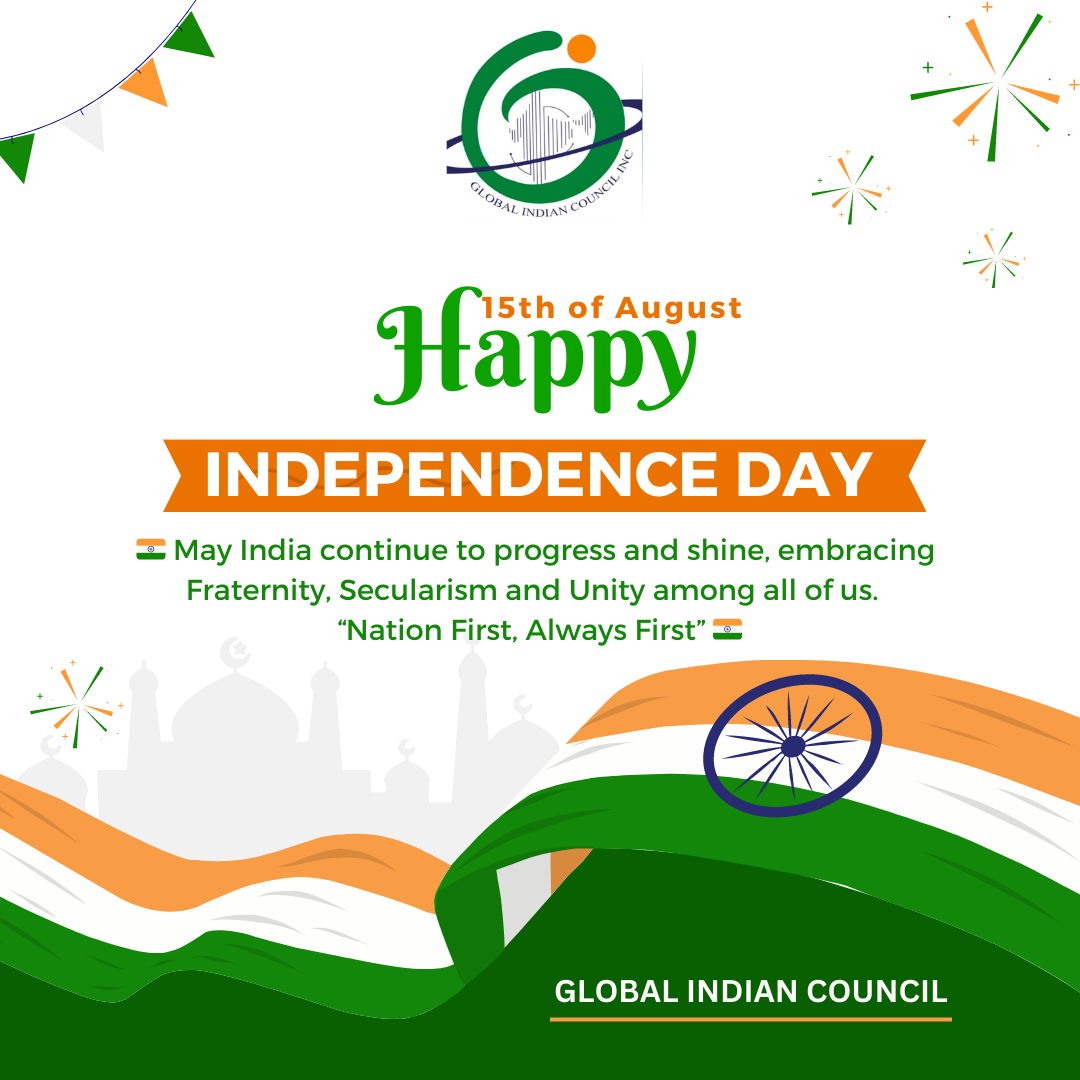
Latest Wonder MSG Sphere in Las Vegas
Most of the vacations are for adventurers and thrilling experiences. Some places automatically drag your mind and heart at ease. There are places you may wish to visit again, like Niagara Falls, the Grand Canyon of the United States, or the Azores of Portugal; places of inspiration are joy forever.
Let me introduce the series of my travelogue branded as TRAVELJOYS with the newest attraction at Las Vegas, the SinCity of the world.
It’s a wonder of technology and is being built in Las Vegas, called MSG Sphere, at least for the moment. Las Vegas has been known for years for its famous lights, but the skyline has changed forever. People cannot stop talking about the futuristic MSG Sphere which lit up Sin City for the first time on the 4th of July.
It squats on the Las Vegas skyline like an enormous spaceship, black and mysterious – until night falls, when it will glow like the Earth from space.” Reports CNN.
What is so astounding inside this sphere? The globe reportedly seats 18,000 people, featuring towering wraparound LED screens and 160,000 speakers to make everyone feel like they have the best seat in the house. The venue will also have vibrating chairs to match whatever is happening on screen.
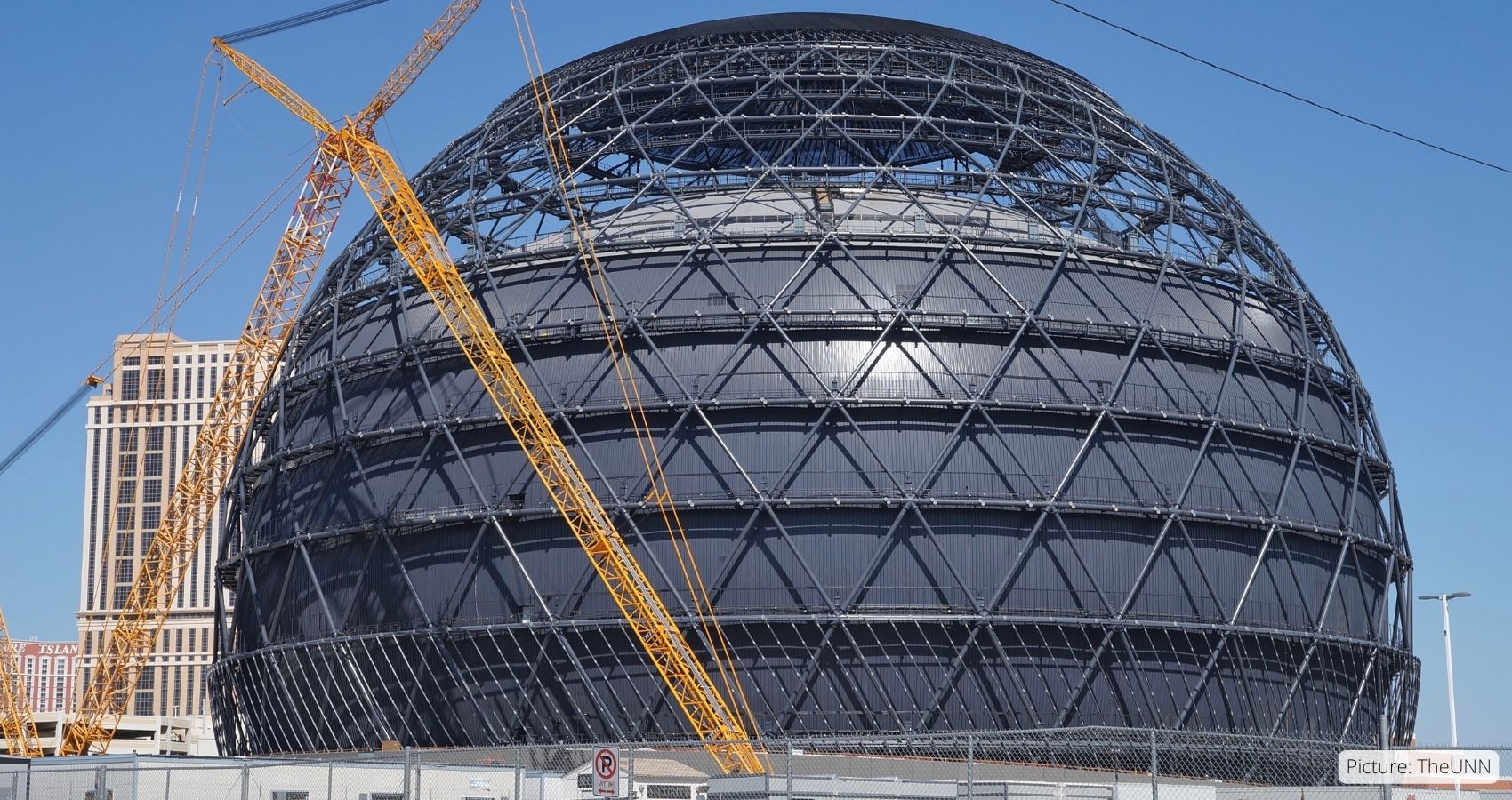
A pedestrian walkway to the Venetian resort complex will connect the globe to the strip.
Some fun facts about MSG Sphere are as follows:
- – The Sphere is now 366 feet tall and 516 feet wide at its widest point.
- – The fourth largest global crawler crane, the DEMAG CC-8800, was used to build the Sphere. The crane took 18 days to assemble.
- – The globe is embedded with the latest and highest resolution screen in the world with 19,000 by 13,500 pixels. That means they are 100 times clearer than today’s best HD TVs. The screen has an area larger than three football fields.
- – The outside of the Sphere has about 600,000 square feet of programmable lighting screens.
- – The venue will use an acoustic system utilizing “beamforming” technology with 160,000 ultra-directional speakers.
- – The Sphere will also feature an infrasound haptic system enabling audiences to feel the sound.
- – The venue also has haptic seats that can vibrate to match whatever is happening onscreen – an earthquake, for example – and 4D machines that can create wind, temperature, and even scent effects.
- – The Sphere’s dome alone weighs 13,000 tons.
- – The ginormous venue, which boasts 18,000 seats is entirely covered by LED screens which light up the Vegas strip in a way never seen before.
Seriously, it’s hard to believe this is real. The Sphere can fit in the entire Statue of Liberty inside the globe.

The MSG Sphere is scheduled to open for the public on 29 September with “U2:UV Achtung Baby Live at Sphere,” a series of 25 concerts built around the Irish band’s landmark 1991 album “Achtung Baby” and running through mid-December. It also will host exclusive screenings of “Postcard From Earth,” a film by Darren Aronofsky that promises to take full advantage of Sphere’s vast screen by offering viewers an eye-popping tour of the planet. The Sphere was fully illuminated for the first time Tuesday night to celebrate the Fourth of July. I anticipate some World Records will be broken at this marvelous MSG Sphere.
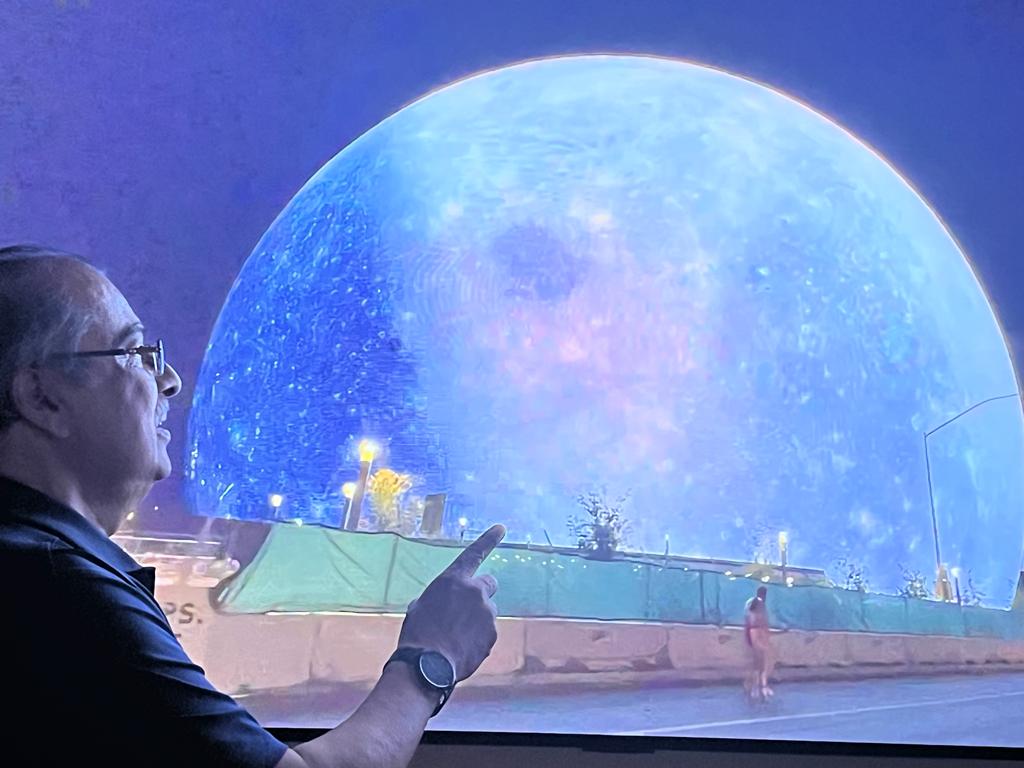

NADE USA Honors Accomplished Women From Diverse Fields
National Association for Diversity Empowerment (NADE) USA (https://nade-usa.org/ ), based in Houston, TX, has the mission to empower diverse talents in public affairs in the US, including politics, policy-making, business, industry, media, entertainment, cinema, literature, education, and academia. NADE USA and Houston Community College Southwest campus (hccs.edu)organized Fort Bend County Roundtable Leadership conference on March 24, 2023, in the HCC Southwest campus. The conference celebrated International Women’s Day 2023 and honored several accomplished women from various fields.
Those honored were: Judge Sonia Rash, Judge Juli Mathew, Prof. Dr Alice Mathew, Las Vegas, Ms Tanaz Choudhury, IT Entrepreneur, HH Queen Maria Amor, Neeta Sane, Fort Bend & Allef Trustee Laura Richard Fort Bend County Clerk, Terri Wang, community leader
Dr. Madeline Burrillo, Vice-Chancellor, HCC, Dr. Roksana Akter Khan, global peace ambassador, Roopa Gir, I-educate founder, Prema Isha, international human rights commission from Mauritius.
Sangeeta Dua founding member and Secretary welcomed the gathering and facilitated the meeting.
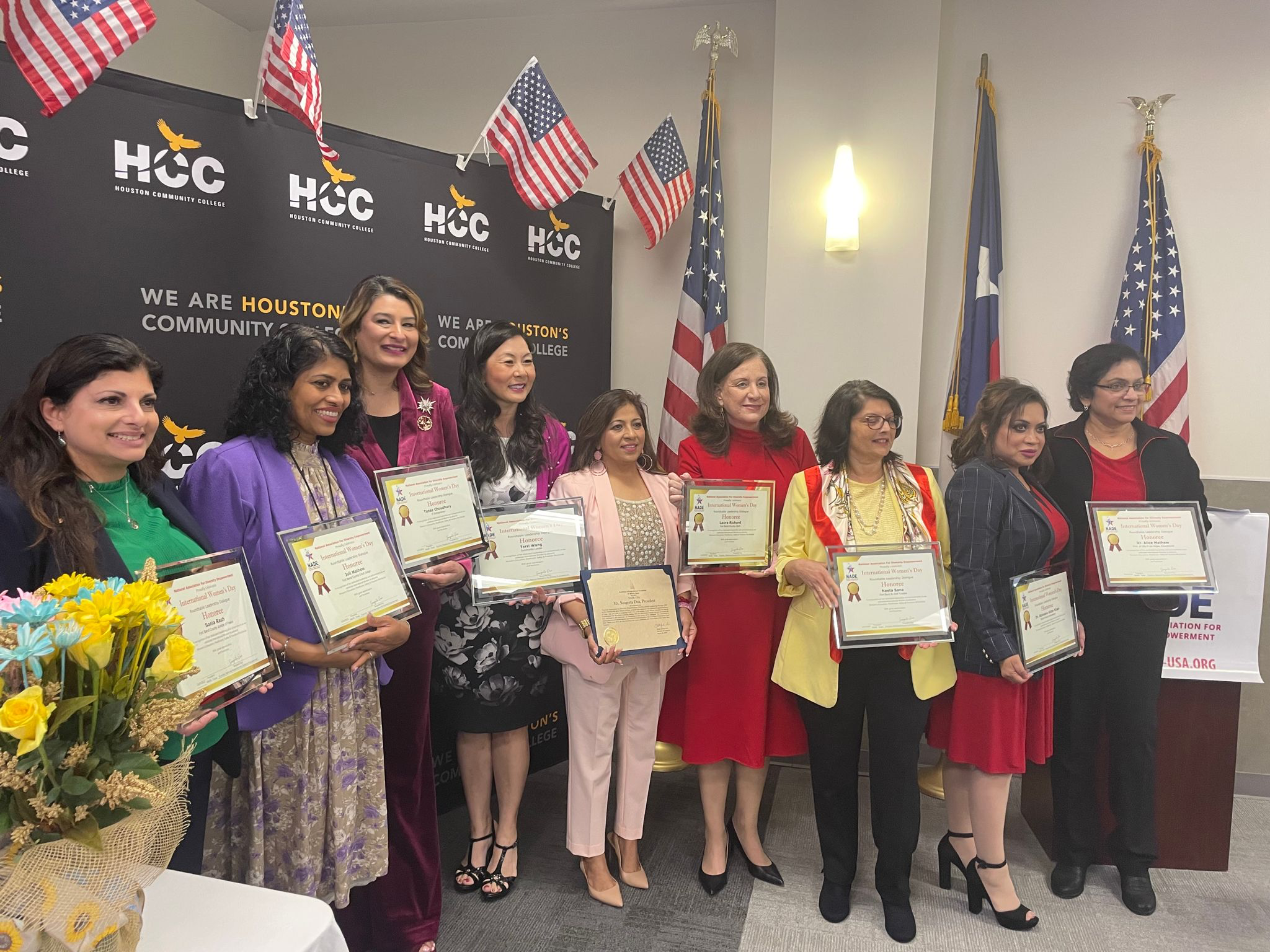
NADE President Kim Meijia in her presidential address indicated that women are increasingly making significant contributions in all walks of life. Women need to exhibit their femininity indicated by compassion, caring, multitasking, and integrity while working alongside menfolk.
Dr Mathew Joys, Board Member of Global Indian Council presented international award-winning documentary film titled ‘The Footprints of the Mahatma’. It depicted the relevance of Mahatma Gandhi’s non-violence in the modern world.
Congresswoman Shiela Jackson Lee honored Sangeeta Dua for her contributions to public life.
Neeta Sane led a panel discussion on women’s contributions and leadership in health, education, safety, and freedom. Council member Alice Chen of Stafford TX congratulated the honorees.
Global Indian Council Central Cochair for Cyber Security Dr. Joseph Ponnoly and Indo American Press Club General Secretary C G Daniel also felicitated the Honorees.
Sangeeta Dua, while expressing a vote of thanks, mentioned, “we have to come together as leaders in our respective fields, to assess, suggest and debate, on how to take the next step in the women’s movement, for more qualified and meaningful inclusion and empowerment, by incorporating feminine characteristics to our respective professions and public life, as much as possible, to build a better society and nation.”
Celebrating International Women’s Day! Break the Bias! Vidhu Philip
Canadian Malayali writer Vidhu Philip shares her reading experiences of “Sita: Now You Know Me” by Sini Panicker
Sita: Now You Know Me (SNYKM), the debut novel of Sini Panicker, revisits the epic, Ramayana. As the name implies, the central character of the novel is Sita. The well laid out narration takes the readers on a journey through the life of Sita, who turns into a mellowed and matured woman from an innocent seventeen years old girl.
It is quite apparent from the narration and design of the novel, that the author’s aim was to bring out different shades of the personality of Sita which have been overlooked by the traditional text. The ubiquitous all-bearing Sita that we are familiar with is far from the Sita we see in SNYKM. The author has been successful in bringing out a stark contrast between the carefree fun loving daughter of Janaka, and the abandoned powerful wife of Rama in the characterization of Sita.
SNYKM is presented in two layers: the outer layer is the familiar story of Ramayana, and the inner layer digs deep down into Sita’s emotional and psychological self. The narration in the first person enabled the readers to closely follow the inner thoughts and commotions of Sita. Sita was shown as going through a whirlwind of emotions at several occasions. For example, “ I wanted to kill her, right then and there; all I needed was a bow and arrow”, were Sita’s thoughts about Kaikeyi when they had to face her to say goodbye before their exile. It came as a surprise to me that Sita had such thoughts and feelings; all this time I looked at Sita as a dutiful woman who did what was asked of her! SNYKM strikes at all the feminist notes in the characterization of Sita.
The injustice and unfairness faced by Sita has been rightfully presented in the novel. Readers could not help empathize with Sita. The author never attempted to put Sita on a pedestal. Sita reflects the everyday life of common women, which makes this novel appealing to its readers, especially women. Oftentimes, a reader like me would stop to imbibe that Sita’s thoughts and feelings were not different from what I have experienced in life!
In our society, the thoughts and emotions of a woman are not expressed well in general; neither in a novel nor in real life! Until recently, expressing a woman’s feelings and emotions and discussing it in public was a taboo topic. Remarks such as “oh.. Isn’t that what all women do generally?” Or “It is what women are supposed to do” are cliched every day phrases heard around us. Likewise, I realized with a shock that I had been taking Sita for granted all these years before reading SNYKM. I never had a second thought about the inner struggles and turmoil that went through her mind, when Sita decided to follow her husband in exile or when she was abandoned, until SNYKM pointed them out to me.
Sita’s indignation while being abandoned is rightly justified in SNYKM that the readers would be thoroughly convinced of her reasons for being angry and bitter. Sita knew that there would be a court trial for her, if Ram had to accept her back. However, she did not receive a trial when he quietly and secretly banished her using Lakshman. Although Valmiki’s ashram was only a chariot ride away from Ayodhya, Ram never attempted once in seventeen years to visit Sita or their children. Such simple things that have been overlooked or taken for granted in the reading of traditional Ramayana is brought to light in SNYKM. The pain, the injustice, unfairness Sita had to face are brought out very powerfully.
It is no mistake to call SNYKM a feminist reading of Ramayana. Although, the novel leaves room to explore many more female characters such as Mandodari, Shoorpanaka, Lopamudra, Shruthi etc. in detail, there are glimpses of them as women of power and stature in the novel. A female character that really got my attention was Ram’s elder sister Shanta. She became nothing to her family or to her father, a very powerful king. A contrast is brought out between the upbringing of Sita and Shantha in SNYKM. It was interesting to read how Sita was trained to succeed her father in his old age, how she was taught horse riding and sword fighting, and even to rule a province. The irony is even though it was not intended, finally Sita was forced to become ‘just a woman’. The author has rightly said in the beginning of the novel “ But fairness evades human life like a master illusionist in the most singularly fragmented moments of one’s existence. Afterwards, a broken life is reflected back from the hundreds of shattered shards, in anguish that is so pure and holy, any judgment or chastisement will be just another ritual to sanctify it”.
Developmental Roadmap For Jammu And Kashmir
With the overall objective of ensuring good governance, socio-economic development, to address regional disparity and improve administrative efficiency, since Independence India has undertaken exercise of state reorganization on several occasions. The 12th such reorganization of states in India saw the reorganization of the State of Jammu & Kashmir as the Union Territory (UT) of Jammu & Kashmir with an elected Legislative assembly and Union Territory (UT) of Ladakh with an elected Council – on 5 August 2019, the Indian Parliament voted in favor of the reorganization by abrogation of Article 370, ended exceptionalism of the Jammu & Kashmir region and brought it on the same footing as the rest of India.
Since then, the region has seen many positive developments. All Central laws have been extended to the UT including legislations meant for protecting and promoting social, economic, and political rights of women, children, under-privileged sections as well as those for ensuring transparent and accountable governance. These include the Right to Information Act 2005, Right of Children to Free and Compulsory Education Act, 2009, The Maintenance and Welfare of Parents and Senior Citizens Act, 2007, The Right to Fair Compensation and Transparency in Land Acquisition, Rehabilitation and Resettlement Act, 2013, Scheduled Tribes and Other Traditional Forest Dwellers (Recognition of Forest Rights) Act, 2007 etc.
The UT has now amended the Panchayat Act for establishment of the 3rd tier of Panchayats at district level. This is a step forward to strengthening grass-root democracy. Elections to Block Development Councils (BDC) were held for the first time in the history of J&K in October 2019 with 98.3 % voter turnout. For the first time, women benefited from reservation bringing them into mainstream politics. In October-November 2020, elections were conducted for District Development Council, with 51.7 % voter turnout. The newly elected BDC chairpersons and Sarpanchs were sent for training visits to other states.
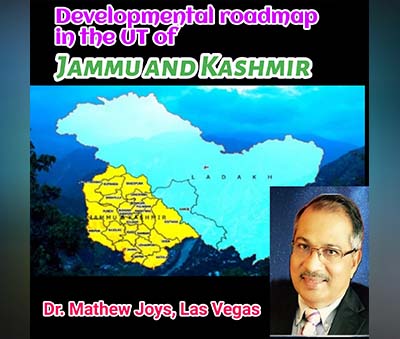 Over USD 230 million has been devolved through Panchayat institutions for MGNREGA, Mid-Day meals and other programs. 44 Digital village centers have been established at Gram Panchayat to provide internet access to rural areas as well as access to e-delivery of Government services. Over 70,000 ration cards were seeded with Aadhar while 50,000 families were covered under state-sponsored Health Insurance Schemes. Over 15,000 loans have been sanctioned which included 4600 loans for women entrepreneurs.
Over USD 230 million has been devolved through Panchayat institutions for MGNREGA, Mid-Day meals and other programs. 44 Digital village centers have been established at Gram Panchayat to provide internet access to rural areas as well as access to e-delivery of Government services. Over 70,000 ration cards were seeded with Aadhar while 50,000 families were covered under state-sponsored Health Insurance Schemes. Over 15,000 loans have been sanctioned which included 4600 loans for women entrepreneurs.
To improve infrastructure in villages, over 20,000 development works have been identified directly by the people, of which 7000 have already been executed. Under the Budget Estimation Allocation Monitoring System – information regarding funds released by the Government for developmental projects can be monitored, thus ensuring transparency in allocation and disbursement of Government funds. An integrated grievance redressal and monitoring system was launched in September 2020, to provide an online grievance redressal system to the people of J&K. Over 85,000 grievances have been received, with over 90 % grievances being satisfactorily dealt with.
J&K Industrial Development Policy 2021-30 has been notified with an outlay of INR 28,400 crores to provide incentives to all new industrial units being set up in the UT as well as any existing units undertaking substantial expansions. J&K Industrial Land Allotment Policy 2021-30 has been adopted under which land has been allocated to 15 industrial projects with a projected investment of INR 1,548 crore (200 million USD). Single window clearance rules have been notified.
Under Prime Minister’s Development Package 54 projects have been identified with the investment of INR 56,261 crores (USD 7.5 billion). 20 of these projects have been completed/substantially completed. 13 more are likely to be completed by the end of 2021-22 and remaining by 2022-23. The completed projects include the all-weather 8.45 km long hi-tech tunnel between Qazigund and Banihal built at a cost of USD 420 million. Rambagh flyover in Jammu has been completed. During 2020-21, 1289 road construction works were completed at a cost of INR 1638 crores (USD 220 million). Construction work of 14500 km of road has been completed so far under Pradhan Mantri Gram Sadak Yojna, which has connected about 2000 places. The Udhampur-Sringara-Baramulla Railway Link project is under construction. The world’s highest railway bridge is being built over the Chenab river for this link. An international flight from Srinagar to Sharjah has been started in October 2021. In addition, nine flights from Jammu and Srinagar have also been started.
Power generation capacity is to be doubled in the next 3 years. 3500 MW of hydro-power capacity was installed in the last seven decades, another 2500 MW is to be added by 2024-25. J & K achieved 100% household electrification. Over 350,000 beneficiaries were covered by laying down new electric cables in remote areas and thus eliminating dependency on diesel generators. All 18.16 lakh rural households of J&K to have functional household tap connections by March 2022. 100% saturation has been achieved in 17 individual beneficiary centric schemes, including Saubhagya (universal household electrification), Ujala (domestic lighting program), Ujjwala (LPG connections to deprived households) and Indradhanush (full immunization of children) schemes. Social Security schemes have been expanded to include over 270,000 additional people. Transgender people have been added for the first time to provide them with pension benefits.
J&K has received investment proposals of over USD 4 billion. The J&K Government has also entered into six agreements with global investors at the Dubai Expo 2020 to bring in investments in real estate, infrastructure, tourism, healthcare, and manpower development.
7 new medical colleges and hospitals including 2 AIIMS, 2 cancer institutes, bone institutes and child hospitals are being established in J&K. IIT Jammu and IIM Jammu have started functioning from its own campus while work on AIIMS Jammu has started. Seats for graduation in medicine (MBBS) have been increased from 500 to 1100.
50 new colleges are being established with additional opportunities to over 20,000 students. Government has facilitated translation of textbooks in local languages of Dogri, Hindi, Kashmiri, and Urdu for primary schools. Two special Centers have been established in Jammu and Srinagar for providing tutoring and guidance to students for civil services and other competitive examinations under the PARVAAZ Scheme. In addition, scholarship assistance is being provided to students. Centers for Invention, Innovation, Incubation and Training have been established in Jammu and Baramulla as a joint venture between the Government and Tata Technologies, to provide training to unemployed engineers. During FY 2021-22 nearly 140,000 persons have been covered under various self-employment schemes of the Government. Government plans to establish 1,000 Atal Tinkering Labs in J&K, of which 187 will be established by the end of FY 2021-22. Work on two IT parks, one each in Jammu and Srinagar, and rural BPOs in all district headquarters will be commenced soon. This will provide employment opportunities to youth.
Sports infrastructure has received impetus in J&K. Under Prime Minister’s Development Package for upgradation of sports infrastructure, Government has allocated INR 200 crore (26 million USD) to the region. Government is developing two Khelo India Centres of Excellence in Jammu and Srinagar.
A new Wool Processing, Handicrafts and Handloom Policy 2020 has been adopted for promotion and development of Handicrafts and Handloom sector. Financial Support Scheme to the tune of INR 100,000 for each Cooperative/Self Help Group in the Handicrafts and Handloom Sector has been approved. Government has also approved a new Credit Card Scheme for providing a loan of INR 200,000 for Artisans/Weavers with interest subvention of 7% for five years.
To boost agriculture sector, a unique market intervention scheme for J&K has been introduced – Government of J&K has entered into an agreement with National Agricultural Cooperative Marketing Federation of India Ltd (NAFED) wherein NAFED will invest nearly USD 230 million into high density plantations of Apple, Walnut, Cherry, Pear over the next five years in order to increase produce. Moreover, Kashmiri Saffron has been given the Geographical Indication (GI) tag. Government is working on developing 3 cold storage clusters with the investment of INR 500 crores (67 million USD).
J&K has one of the highest budget allocations for healthcare sector (5%) in India. Free and universal healthcare insurance scheme in J&K has been extended to all its residents. J&K is one of the leading UTs in India in COVID-19 vaccination coverage, having fully vaccinated more than 99 % of its adult population. Booster dose vaccination campaign for health care and frontline workers and elderly has been launched. Government has provided special monthly pensions and scholarships to the families who have lost their bread winners to COVID-19.
As per the recent data released by the Home Ministry, compared to 2019, number of terrorist incidents have reduced in the region by 59% in 2020. The incidents reduced by a further 32% till June 2021 compared to the corresponding period in 2020. The UT of J&K is witnessing governance reforms, implementation of progressive legislations and big impetus to economic development. Currently, J&K is positioned 21st in the ‘ease of doing business’ rankings among 36 states and UTs.
Queen Elizabeth II – Queen of Unique Qualities
No doubt, across the Commonwealth countries or the English speaking world, the only one person known and honored as “the Queen” is Queen Elizabeth II of United Kingdom. She is remarkably a great personality of numerous specialities, February 8th, on this day in 1952 Elizabeth II was proclaimed “The Queen” of Britain.
Queen Elizabeth II became the longest-ruling British monarch during 2015, when she surpassed the ruling of her great-great-grandmother Queen Victoria. She is also the first monarch to celebrated the Sapphire Jubilee, which marks 65 Years of throne, and now on great 70 years, by this February 8th.
Surprisingly the Queen Elizabeth II doesn’t use and old alarm clock. Instead Her Majesty wakes up every morning by hearing the bagpiper, playing outside of her window for 15 minutes daily morning at 9 am.
Though Indians fought against British rulers by Quit India Movement, and chased them out, we cannot forget the good things they did in India; and no doubt still we respect the Queen for the highest official position she holds.
The Queen undergone homeschooling by Britain’s best tutors. She mastered constitutional history and law as preparation for her future role, and took lessons in religion from the Archbishop of Canterbury.
She has so many special privileges, and she doesn’t need a driver’s license, a license plate, or a passport, which makes her position unique. In other words, since all British Passpirts are issued in the name of the Queen, she herself doesn’t need or have one. And the Queen also doesn’t require a driver’s license to drive or a license plate on her car.
You might wonder to note that the Queen gets about 200-300 letters every day. She reads a few by herself and then has staff members respond.
She was the First Lady of the Royal Family to join the Armed Services as a full-time active member. She had the privilege of learning and speaking French from French and Belgian governesses at a young age.
Another thing is about her celebrating her birthday twice. On April 21, 1926, she was born but has two recognized birthdays. The first is the actual anniversary of the day she was born (April 21) and another day as her “official” birthday, when the weather is better, for the Trooping the Colour parade. The tradition was started in 1748 with King George II.
To buy the material needed to create her beautiful wedding dress, the Queen spent her rationing coupons and the British government gifted her 200 coupons Her beautiful iconic dress featured a 13-foot-long train with over 10,000 seed pearls imported from the US.
All whales, swans and dolphins in the U.K. waters belong to the Queen since the early twelfth century.The Queen is the owner of an apartment in New York City too. It is reported that in 2015, Her Majesty purchased an $8 million, 3,000-square-foot modern penthouse in United Nations Plaza in New York City.
You wish to hear about Her Majesty’s drinking habits. “Before lunch a gin and Dubonnet, added with a slice of lemon and too much of ice, is her favorite. With lunch, she will take wine and a dry Martini and a glass of champagne in the evening.”
Her purse is not just to keep any money or other belongings, but it is used as a gadget to signal her staff. Just like we hold the smartphone always, the Queen is spotted only with her handbag. It is said that when ishe places her bag on the table, it is an indication that she wants to go within five minutes. If she puts her bag on the floor, it is a negative indication that she’s not enjoying the conversation and wants to be escorted out at the earliest..
In 2004, the Queen hosted a “first ever ladies only event” to celebrate “Women of Achievement” Luncheon at Buckingham Palace. She is patient enough to sit for over 129 portraits during these years of her reign.
Queen Elizabeth II, has a diamond jewelry collection quite as vast, historic and intentionally impressive, as mentioned while she celebrated her 95th birthday in 2021. Her collections include many deeply personal pieces such as the wide diamond bracelet she received from her beloved Prince Philip, who died on April 9.
Even the monarch goes undercover sometimes in public. On a recent low-key trip to Scotland, she met some (ignorant)American tourists while walking. When the tourists asked if she lived locally, she mentioned that she had a house nearby, and when asked if she’d ever met the Queen, she simply pointed at her security and said, “No, but he has!”. Yes, “The Queen” is bold, beautiful and hilarious too!. Long live the Legend- The Queen Elizabeth II!
India Observes National Tourism Day
Government of India is celebrating ‘National Tourism Day’ on January 25, 2022. This important occasion will be followed by commemoration of the 73rd Republic Day.
This year, India will cross a milestone when it completes 75 years of Independence on 15th August 2022. The landmark occasion is being celebrated as ‘Azadi Ka Amrit Mahotsav’. The series of events are receiving overwhelming participation from Indians and all people of Indian origin abroad. The grand celebration of progressive India and history of its people, culture, and achievements, commenced on 12th March 2021. Since then, began a 75 week countdown to India’s 75th Anniversary of Independence and will end post-a-year on 15th August 2023. Hon’ble Prime Minister Modi has launched a vision of activating India 2.0 fueled by the spirit of ‘Atmanirbhar Bharat’. The ‘National Tourism Day’ needs to be seen against this backdrop.
For the celebration of the ‘National Tourism Day’, the Ministry of Tourism has been designated as the lead Ministry and Ministry of Railways, Ministry of Civil Aviation, Ministry of Culture, Ministry of Textiles, and Ministry of Railways will be the partnering Ministries. The Day will sensitize everyone about Government of India’s efforts to promote its Tourism potential.
The ‘Tourism Fortnight’, a special drive to promote Incredible India with a series of activities, conversations at the India Pavilion of the Expo 2020 Dubai, and a special ‘Tourism Pavilion’, in association with FICCI where various state governments took part and showcased their tourism potential are special promotion drives undertaken by the Government of India recently.
On the occasion of celebration of ‘National Tourism Day’, let us have a virtual tour of India’s select National Monuments.
Group of Monuments at Mahabalipuram
Tamil Nadu:
Mahabalipuram is pre-eminently testimony to the Pallavas civilization of south-east India.The sanctuary, known especially for its rathas (temples in the form of chariots), mandapas (cave sanctuaries), and giant open-air reliefs, is one of the major centres of the cult of Siva. The influence of the sculptures of Mahabalipuram, characterized by the softness and supple mass of their modelling, spread widely (Cambodia, Annam, Java).
Founded in the 7th century by the Pallavas sovereigns south of Madras, the harbour of Mahabalipuram traded with the distant kingdoms of South-East Asia: Kambuja (Cambodia) and Shrivijaya (Malaysia, Sumatra, Java) and with the empire of Champa (Annam). But the fame of its role as a harbour has been transferred to its rock sanctuaries and Brahmin temples which were constructed or decorated at Mahabalipuram between 630 and 728.
Most of the monuments, like the rock-cut rathas, sculptured scenes on open rocks like Arjuna’s penance, the caves of Govardhanadhari and Ahishasuramardini, and the Jala-Sayana Perumal temple (the sleeping Mahavishnu or Chakrin at the rear part of the Shore temple complex) are attributed to the period of Narasimhavarman I Mamalla.
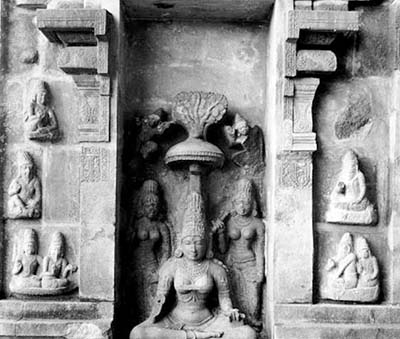
Great Living Chola Temples
Tamil Nadu
The Great Chola Temples of southern India are an exceptional testimony to the development of the architecture and the ideology of the Chola Empire and the Tamil civilization in southern India. They represent an outstanding creative achievement in the architectural conception of the pure form of the Dravida type of temple (characterized by a pyramidal tower).
The Cholas were the second great historic dynasty of the Tamil Nadu, the Tamil country, which was the home of the ancient Dravidian culture whose influence was so considerable in the whole of south-east Asia. The great temple of Tanjore was built in a few years, from 1003 to 1010, during the reign of the great king Rajaraja (985-1014), true founder of the Chola Empire which spread throughout the whole of southern India, part of Ceylon and the Maldive and Laccadive archipelagos. Richly endowed by the sovereign, the sanctuary, which also bears his name – it is sometimes called Rajarajesvaram – had a permanent staff of several hundred priests, 400 devadasi (sacred dancers), and 57 musicians, according to inscriptions and chronicles. The Brihadisvara’s income in gold, silver and precious stones during the Chola period has been precisely evaluated. These vast resources were efficiently managed and provided not only for the upkeep and improvement of the buildings (which was continued until the 17th century) but also for real investments to be made. The temple lent money, at rates which could sometimes reach 30%, to shipowners, village assemblies and craft guilds. Dedicated to Shiva, the Brihadisvara stands to the south-west of the historic city. A first rectangular surrounding wall, 270 m by 140 m, marks the outer boundary.
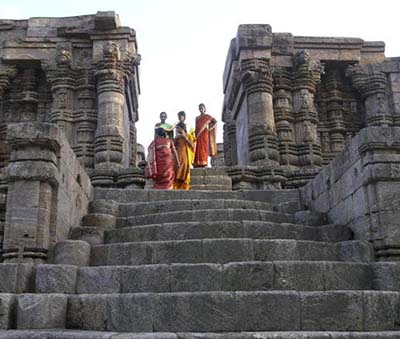
Sun Temple, Konârak
Orissa
Konârak is an outstanding testimony to the 13th-century kingdom of Orissa. It is directly and materially linked to Brahmin beliefs, and forms the invaluable link in the history of the diffusion of the cult of Surya, which originated in Kashmir during the 8th century and finally reached the shores of eastern India.
On the eastern coast of India, south of the Mahanadi Delta, is the Brahmin temple of Kimarak (still spelled as Konârak or Konârka), one of the most famous Brahmin sanctuaries of Asia. Konârak derives its name from Konârka, the presiding deity of the Sun Temple. Konârka is a combination of two words, kona (corner) and arka (Sun). It was one of the earliest centres of Sun worship in India. Built around 1250 in the reign of King Narasingha Deva (1238-64), it marks the apogee of the wave of foundations dedicated to the Sun God Surya; the entire temple was conceived as a chariot of the Sun God with a set of spokes and elaborate carvings.
The present Sun Temple was probably built by King Narashimhadev I (1238-64) of the Ganga dynasty to celebrate his victory over the Muslims. The temple fell into disuse in the early 17th century after it was desecrated by an envoy of the Mughal Emperor Jahangir. The legend has it that the temple was constructed by Samba, the son of Lord Krishna. Samba was afflicted by leprosy and after twelve years of penance he was cured by Surya, the Sun God, in whose honour he built this temple.
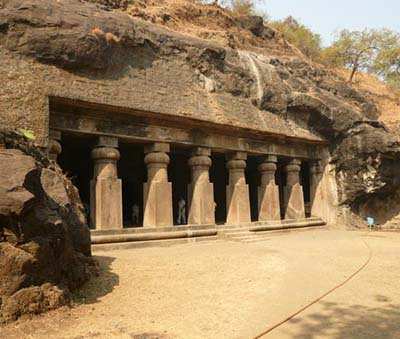
Elephanta Caves
Maharashtra
The island of Elephanta, the glorious abode of Lord Shiva and an epitome of Hindu cave culture, consists of seven caves on an island in the Sea of Oman close to Mumbai which, with their decorated temples and the images from Hindu mythology, bear a unique testimony to a civilization that has disappeared. Here, Indian art has found one of its most perfect expressions, particularly in the huge high reliefs in the main cave.
The island of Gharapuri, the ‘City of Caves’, situated about 10 km from Mumbai on the east side of the harbour, owes its name to the enormous stone elephant found there by Portuguese navigators. This elephant was cut into pieces, removed to Mumbai and somehow put together again. It is today the melancholy guardian of Victoria Gardens Zoo in Mumbai, the great metropolis of Maharashtra State and India’s second city population-wise.
The date of the famous Elephanta Caves is still very much debated and varies from the 6th century to the 8th century according to different specialists. They constitute one of the most striking collections of rock-art in India. There are two groups of caves. To the east, Stupa Hill (thus named because of a small brick Buddhist monument at the top) contains two caves, one of which is unfinished, and several cisterns. To the west, the larger group consists of five rock-cut Hindu shrines. The main cave is universally famous for its carvings to the glory of Shiva, who is exalted in various forms and act ions. The cave consists of a square plan mandapa whose sides measure about 27 m
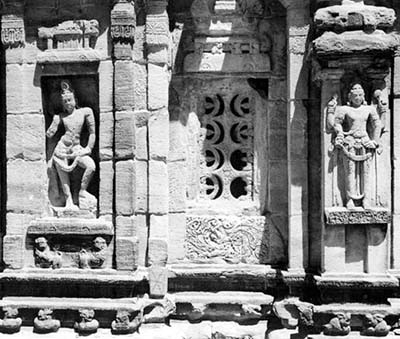
Group of Monuments at Pattadakal
Karnataka
Pattadakal represents the high point of an eclectic art which, in the 7th and 8th centuries under the Chalukya dynasty, achieved a harmonious blend of architectural forms from northern and southern India. An impressive series of nine Hindu temples, as well as a Jain sanctuary, can be seen there.
Three very closely located sites in the State of Karnataka provide a remarkable concentration of religious monuments dating from the great dynasty of the Chalukya (c. 543-757). There are the two successive capital cities – Aihole (ancient Aryapura), Badami, and Pattadakal, the ‘City of the Crown Rubies’ (Pattada Kisuvolal). The latter was, moreover, for a brief time the third capital city of the Chalukya kingdom; at the time the Pallava occupied Badami (642-55). While Aihole is traditionally considered the ‘laboratory’ of Chalukya architecture, with such monuments as the Temple of Ladkhan (c. 450) which antedate the dynasty’s political successes during the reign of King Pulakeshin I, the city of Pattadakal illustrates the apogee of an eclectic art which, in the 7th and 8th centuries, achieved a harmonious blend of architectural forms from the north and south of India.
Unisex Public Schools In Chicago
Paris, often referred to as the ‘City of Light’ (La Ville Lumière), has always fascinated me for its clean roads and fashion shops. Surprisingly, a few years back, while in the international airport, I was in a Uni-sex toilette with no astonishment of passengers of either sex running up and down in it. Earlier, I felt as if I had done some sinning entering a Ladies’ restroom.
However, after a few hours, while sitting on my flight to New Delhi, my senses became diluted when I used the same bathroom both genders were using. So there is absolutely nothing special about Unisex public toilets (also referred to as gender-inclusive, gender-neutral, mixed-sex or all-gender, or without any prefix at all) are public toilets that are not separated by gender or sex.
Thinking about Gender equity, of course, the problem may be that genders are different and not equal. Somehow the custom and cultural ideologies kept them separate- at least for using the restrooms, and nothing wrong in that practice for many reasons.
But the latest news in the USA that Chicago expels sex-specific restrooms from public schools is a whistleblower for a provocative issue indeed.So far, boys and girls were using their specific restrooms in their own privacy and had no fear of peer pressure from the other gender. However, public school bathrooms will now be “gender-neutral,” a reform that Chicago Public Schools (CPS) boasts of as a “big step forward for gender equity.”
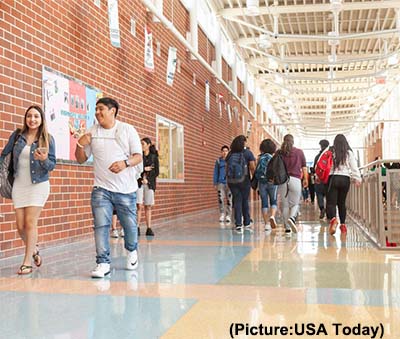 This reformative initiative requires the schools to display language outside of restrooms, informing students, whether male or female, that they may use the restroom that aligns with their gender identity. CPS prompted others, “We require all schools to adopt new signage to make our restrooms more inclusive. This is a big step forward for gender equity for our students and staff.” Is it going to influence the schooling practices themselves, or will it just be ignored?
This reformative initiative requires the schools to display language outside of restrooms, informing students, whether male or female, that they may use the restroom that aligns with their gender identity. CPS prompted others, “We require all schools to adopt new signage to make our restrooms more inclusive. This is a big step forward for gender equity for our students and staff.” Is it going to influence the schooling practices themselves, or will it just be ignored?
This initiative not only impacts school children but also the school staff initially. As per CPS, the signage will “make it clear that all restrooms are open for use by anyone who feels comfortable.” It is also stated that the move is to “increase gender equity for all.”
One example of signage that will be displayed at schools reads: “This is a gender-neutral restroom with multiple stalls. It is open to users of any gender identity or expression.”
Is the School system meticulously worried about the health and safety of all students?. If so, Schools need to rip out the existing restrooms and replace them with single-user toilets. It will take up more space, but everyone’s privacy will be protected with no fear of peeping toms!
This is not what they are implementing in Chicago, and it is not a private restroom; it is the standard multi-stall bathrooms. We are really worried about the teens with all confused inhibitions and early sexual emotions.
We agree that all children need to be safe in the bathroom. Lack of safety and lack of comfort may be the two different concerns, which need to be clarified by the school administrators. Across our country, many students avoid using bathrooms fearing that another student might mistreat or harm them emotionally or physically.
Most of them will try to hold it till they reach home because, as we are talking about pre-teens and teens. Middle & high school students are very sensitive and insecure and shameful about their changing bodies and the opposite sex. So, a young girl getting her period for the first time or any girl needing to take care similar situation might have real embarrassment if there is a boy in the next stall; that is the reality. The consequences of these fears can be severe, impacting a child’s health, well-being, and ability to concentrate on learning.
If the real issue is on how to protect and respect individuals with a different gender than one assigned at birth, we need to recognize them. The emotionally disturbed trans may be less than 1%. Why do we change everything for the 1%? – that is what the average parent does not understand. Maybe, rather than designating all bathrooms gender-neutral, they should have at least one set for girls or boys only as well.se
“While the binary male/female gender paradigm is no longer sufficient for understanding gender identity and gender expression, this perspective is new to many people. Therefore, school leaders can reduce misunderstanding and conflict by raising awareness and educating constituencies about gender diversity, including transgender status.” (NAIS- Fox News).
We are apprehensive about the ever-increasing sexual assaults going on in many schools. Having gender-specific toilets will not necessarily stop teenage sexual assaults in school. Instead, how many of those implementing this reforming program would be comfortable in a restroom with someone of the opposite gender in the next stall?. Apart from that, usually, girls spend as much as twice as long in the bathroom as men, and that’s because they have physiological changes, and they have more layers of clothes to remove before using the toilette. Boys waiting outside usually show their impatience, ending up with angry words or shoutings. Needless to affirm that this setup is ripe for bullying, which is already out of control.
Why are so many throwing away gender norms for everyone else, making the majority uncomfortable so the one or two students in question can feel comfortable?.
Neither schools nor parents can assume that every child knows appropriate behavior with unisex concepts. When a school conveys what behaviors are and are not acceptable, the issues related to bathrooms move from assumptions and misperceptions about an individual’s intent and instead focus-on their observable act. Question remains – Is this a “big step forward,” and gender-neutral bathrooms in schools are of the utmost importance now?
IAPC Houston Chapter Seminar On Climate Change Discusses Media Impact
Indo American Press Club Houston Chapter organized a seminar on climate change and the role of the media. The virtual meeting was held on December 3, 2021, using the Zoom virtual platform.
Dr Mathew Vairamon, Chapter Secretary welcomed the participants. Roy Thomas, Chapter President introduced the topic. The meeting was inaugurated by Dr S. S. Lal, eminent public health and pandemic expert, who is currently the International President of IAPC. He spoke about his experiences in Africa, India, and South East Asia while working as a UN expert. He described the environmental pollution that is causing carbon emissions, greenhouse effect , and global warming. He further described how global warming and the resulting unprecedented hurricanes, floods, and droughts have driven people to poverty and disease.
Dr Mathew Joys, Vice Chairman of IAPC explained the phenomenon of global warming and its social and economic impact. He stressed the need for global political action to contain global warming by reducing the carbon footprint through reduction in use of fossil fuels and in use of renewable energy and in energy conservation in every way. Dr CK Mittal stressed the need for dissemination of scientific facts on climate change by the online and print media and the need for comprehensive global and countrywide legislation. Joseph Ponnoly indicated the need for environmental protection, reforestation, and the need for ensuring clean air and clean water for the survival of the human race and the planet. He also emphasized the role of the media to create awareness and to provide unbiased reporting.
Varghese Abraham Denver said that we must do something for the next generations since it is an existential crisis and affects the survival of the human race. Uma Saji from New York indicated how global warming leads to melting of the polar ice and the destruction of the ecosystem and bio diversity. Sangeeta Dua pointed out that the media has a great role to translate scientific knowledge and convey the information to the public to create awareness of the climate crisis and what needs to be done.
The meeting was attended by IAPC members and several media persons including Kerala Vision, AC George and Biju Chacko. Sangeeta Dua, Treasurer IAPC Houston Chapter proposed a vote of thanks.
Press Freedom In Pakistan Under Threat
Press and Media are the Fourth Pillar of Democracy. The term Fourth Estate or fourth power refers to the press and news media both in explicit capacity of advocacy and implicit ability to frame political issues. Though it is not formally recognized as a part of a political system, it wields significant indirect social influence.
Free press gives voice to people’s concerns and expectations and ensures accountability on the rules. Therefore, the freedom of the Media is a vital yardstick to measure the degree of democracy practically available to the citizens of a country. Unfortunately, while in the United States and the Western countries, freedom of press is a matter of fact, the same cannot be said about many countries in Asia and Africa where the authorities regularly gag press freedom. Pakistan is one of those countries, which calls itself a democracy, but its record of press freedom can put dictatorships to shame.
For the past few years, Pakistan’s rank in the global freedom of press index has constantly declined, owing to growing cases of abduction and assault on journalists. At least ten journalists were murdered, and several others threatened, kidnapped, tortured, and arrested in Pakistan on trumped-up charges while discharging their professional responsibilities in 2020 alone, according to the Council of Pakistan Newspaper Editors (CPNE) Media Freedom Report 2020.
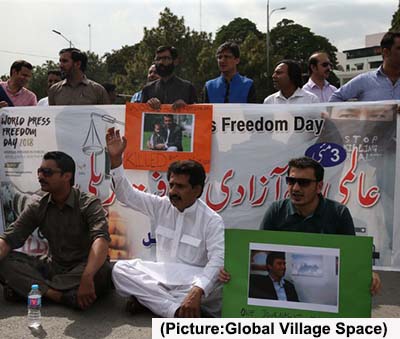 Senior journalist and former chairman of Pakistan Electronic Media Authority (PEMRA), Absar Alam was shot near his home in April 2021 but survived. Absar Alam has been critical of the country’s powerful military establishment. In a video message soon after the shooting, Alam said he had been hit in the ribs by a bullet and that he did not know the gunman. “I will not lose hope, and I am not going to be deterred by such acts,” Mr. Alam said in the video as he was being transported to a nearby hospital. “This is my message to the people who got me shot.”
Senior journalist and former chairman of Pakistan Electronic Media Authority (PEMRA), Absar Alam was shot near his home in April 2021 but survived. Absar Alam has been critical of the country’s powerful military establishment. In a video message soon after the shooting, Alam said he had been hit in the ribs by a bullet and that he did not know the gunman. “I will not lose hope, and I am not going to be deterred by such acts,” Mr. Alam said in the video as he was being transported to a nearby hospital. “This is my message to the people who got me shot.”
In May 2021, three unidentified men beat, bound, and gagged Asad Ali Toor inside his apartment in Islamabad. Toor worked as a producer for the privately-owned broadcaster Aaj TV and hosted a YouTube current affairs channel with about 25,000 subscribers. CCTV footage showed Toor struggling to walk in his apartment building’s lobby as passersby helped remove the bindings. The journalist said that his arms were bloodied and bruised in the attack, and he required stitches on his elbow.
A few days later, Hamid Mir, the popular host of political talk show ‘Capital Talk’ of Geo News channel, delivered a fiery speech at a protest staged by scribes against an attack by three “unknown” persons on journalist and YouTuber Asad Ali Toor in Islamabad on May 28, 2021. The Geo News Channel subsequently suspended the show “Capital Talk,” which was hosted by Hamid Mir.
Nazim Sajawal Jokhiyo, an amateur video reporter, was found dead with his body covered with the marks of blows and torture on November 3 in Malir, a district in Karachi’s eastern suburbs. Jokhiyo made the video intending to draw attention to the hunting of the Asian houbara bustard, a threatened species. Hunting this bustard is officially banned in Pakistan, but wealthy guests from Gulf countries are allowed to pursue the bustard. Reporters Without Borders (RSF) has called for an independent investigation into the murder of Nazim Jokhiyo.
Pakistan’s censorship crusade has gathered pace under Prime Minister Imran Khan, seeking to placate powerful conservative and religious constituencies. In July, Imran Khan was featured on the red list of Reporters Without Borders (RSF) and several other heads of state who massively cracked down on press freedom.
In May 2021, Pakistan’s Federal Ministry of Information and Broadcasting issued a draft ordinance titled the Pakistan Media Development Authority. Under the ordinance, the Pakistani government sought broad new powers to control the media due to its crackdown on freedom of expression. Journalists, human rights activists, and political leaders across that country have raised the alarm about proposed legislation that would bolster the powers of the government to censor and restrict the media.
On August 23, Human Rights Watch condemned the proposed PMDA law, saying the government should “stop trying to control reporters and instead start protecting media freedom,” and argued that media regulators must be independent of government controls.
On September 13, 2021, the journalist fraternity, led by the Pakistan Federal Union of Journalists (PFUJ), walked from the National Press Club to the Parliament House in Islamabad, where they staged a sit-in.
“Press freedom is certainly shrinking under Imran Khan. Journalists have lost a record number of jobs, critical investigative magazines like the Herald and Newsline have shut down, despite surviving dictatorships, and critics’ voices have been removed from TV,” Usama Khilji, a digital rights activist, told DW.
Journalists and bloggers have complained of intimidation tactics, including kidnappings, beatings, and even killings. In recent years, the space for dissent has shrunk even further, with the government announcing a crackdown on social networks and traditional media houses, which critics say has resulted in widespread self-censorship. “The media regulatory framework in Pakistan does need to be amended. With journalists under relentless attack for doing their jobs, the government needs to stop trying to control reporters and instead start protecting media freedom,” said Gossman of Human Rights Watch.
In the developing world where a large proportion of the population is not aware of their political and economic rights, media and press play an essential role in educating the people and advocating their concerns. Press played important role in liberation of these countries from the colonial yoke. Can there be a democracy if voice of the people, press, and opposition is stifled? What kind of message do the Pakistani rulers want to give by threatening, beating, and killing the journalists.
Can rulers alter the truth by silencing the messengers? Free press and media are essentials of free and democratic countries. Let us all strive to maintain the freedom of the press and media and support the people of Pakistan who are up against all odds.


